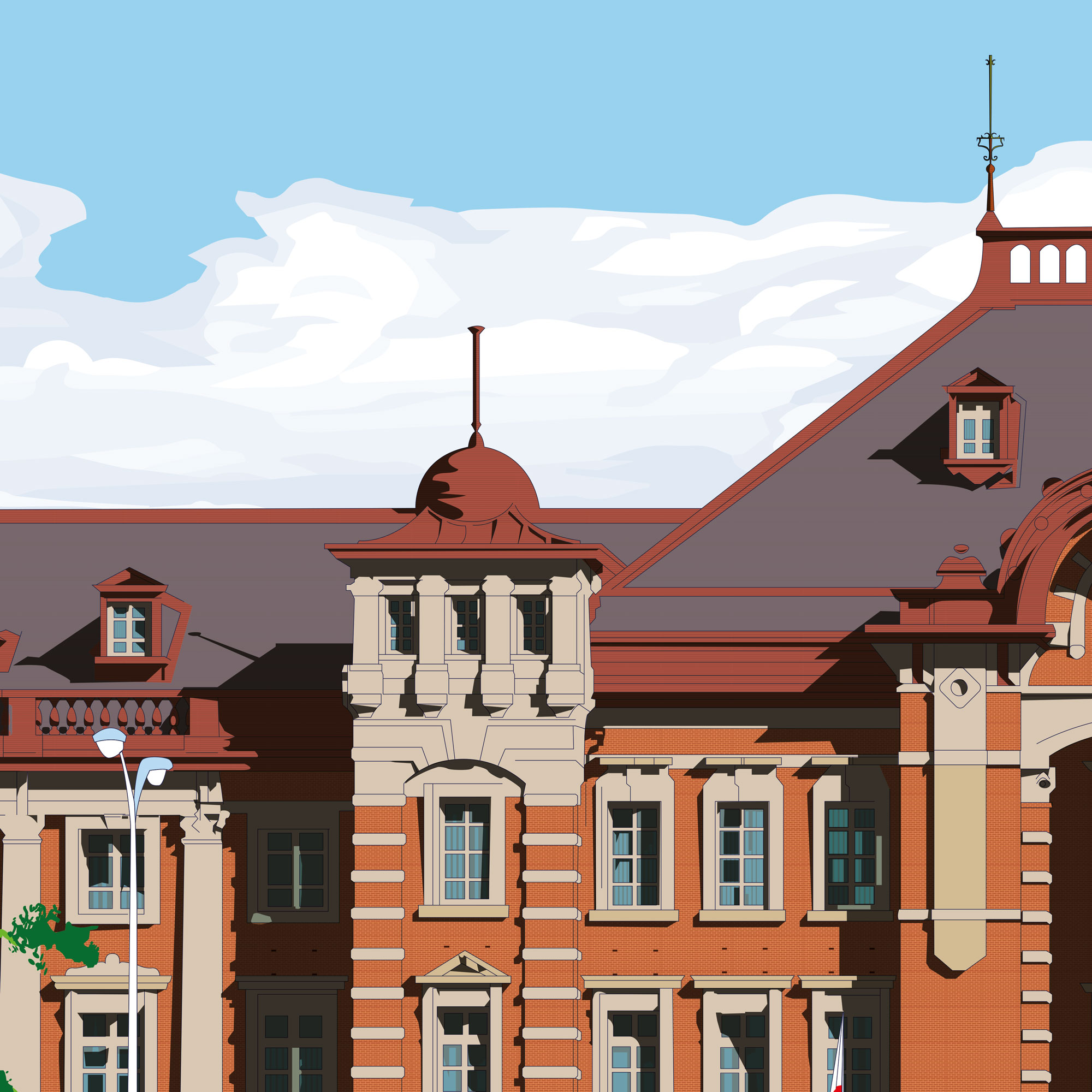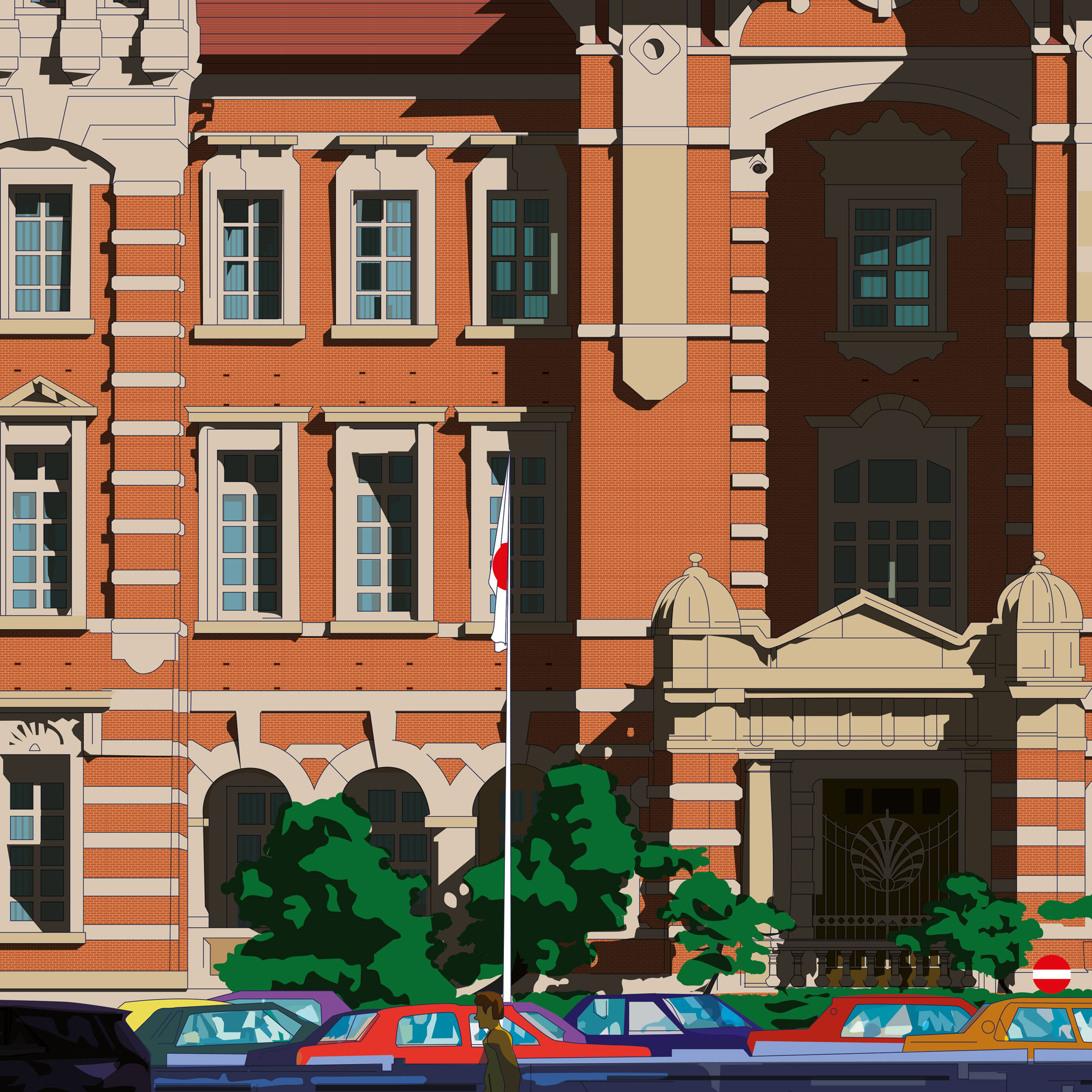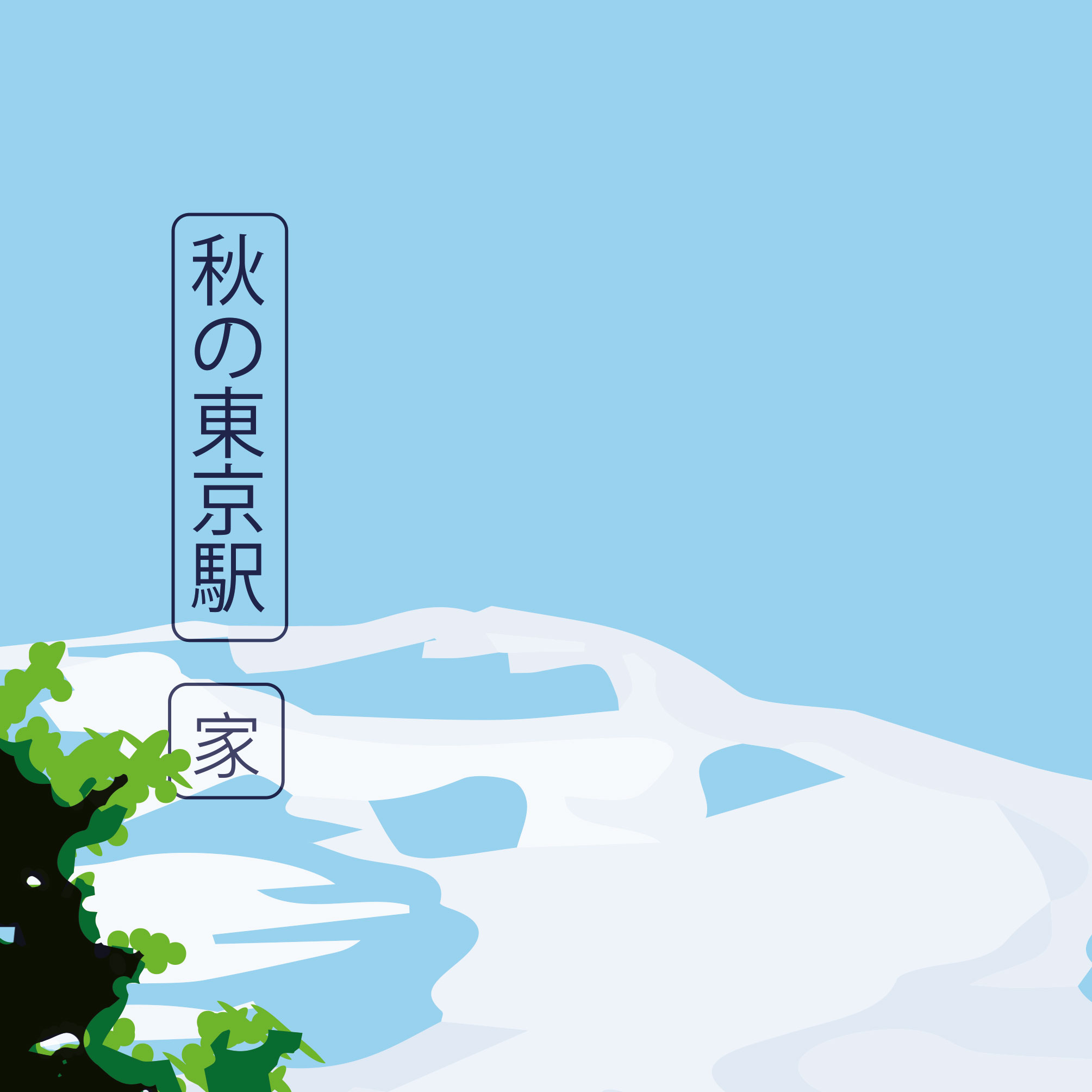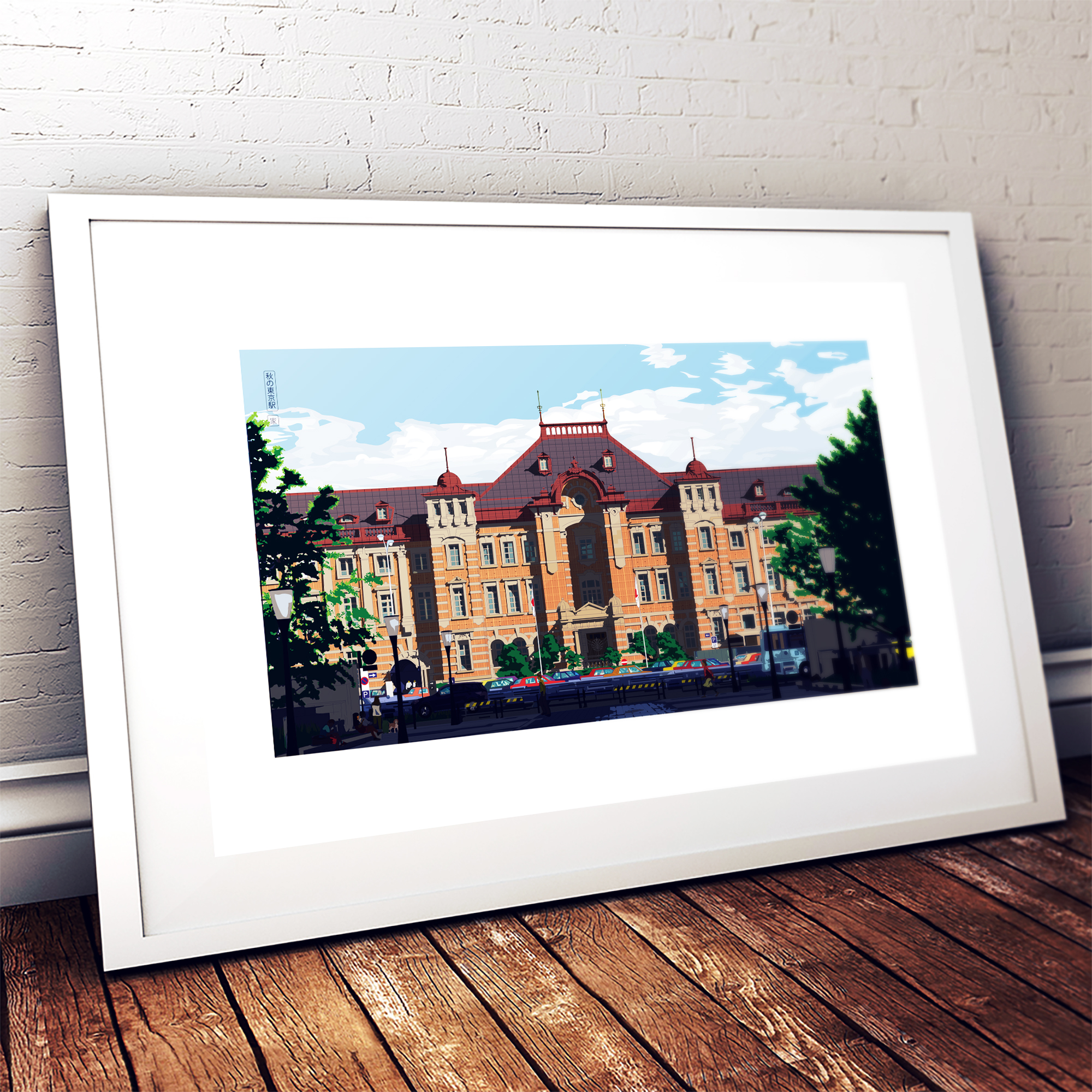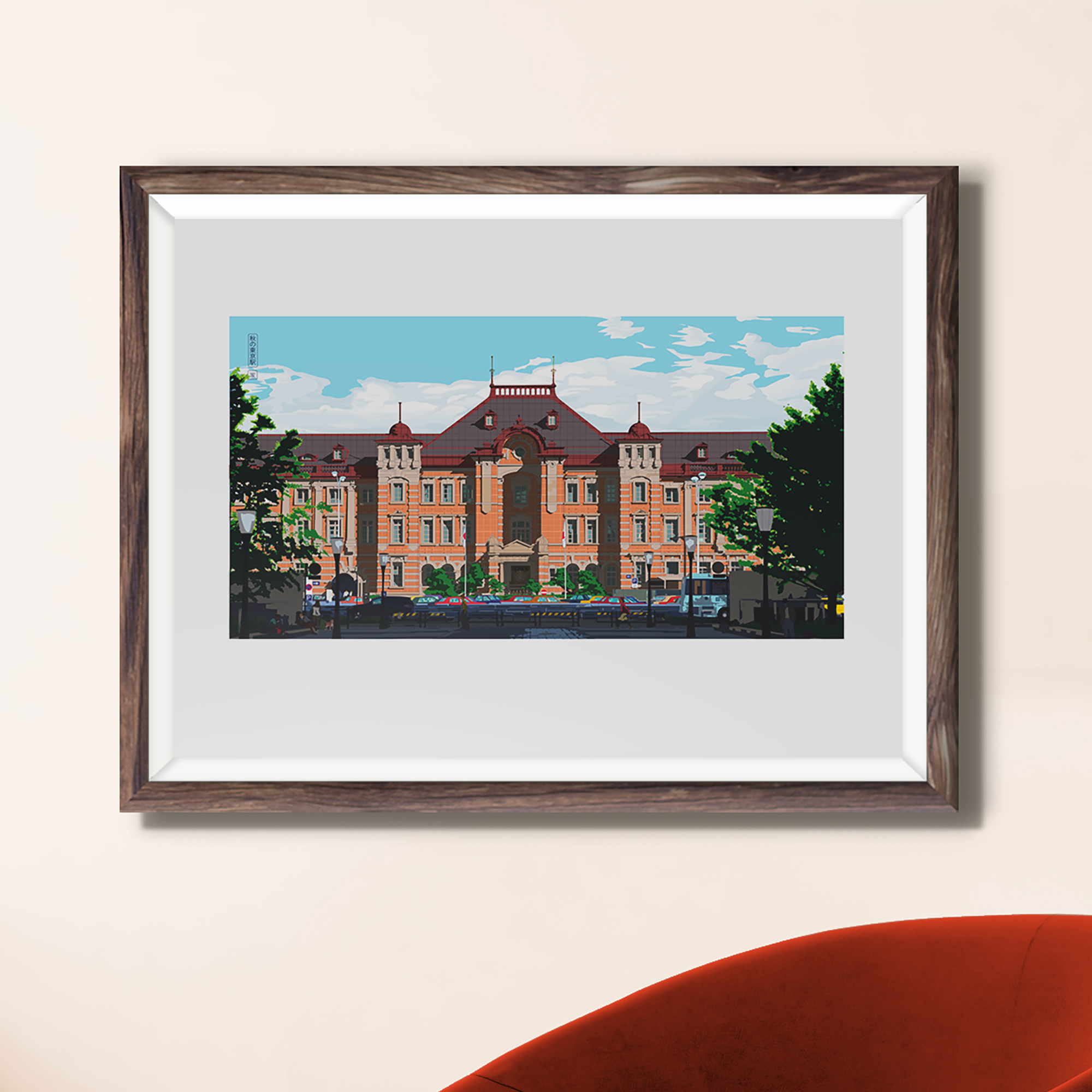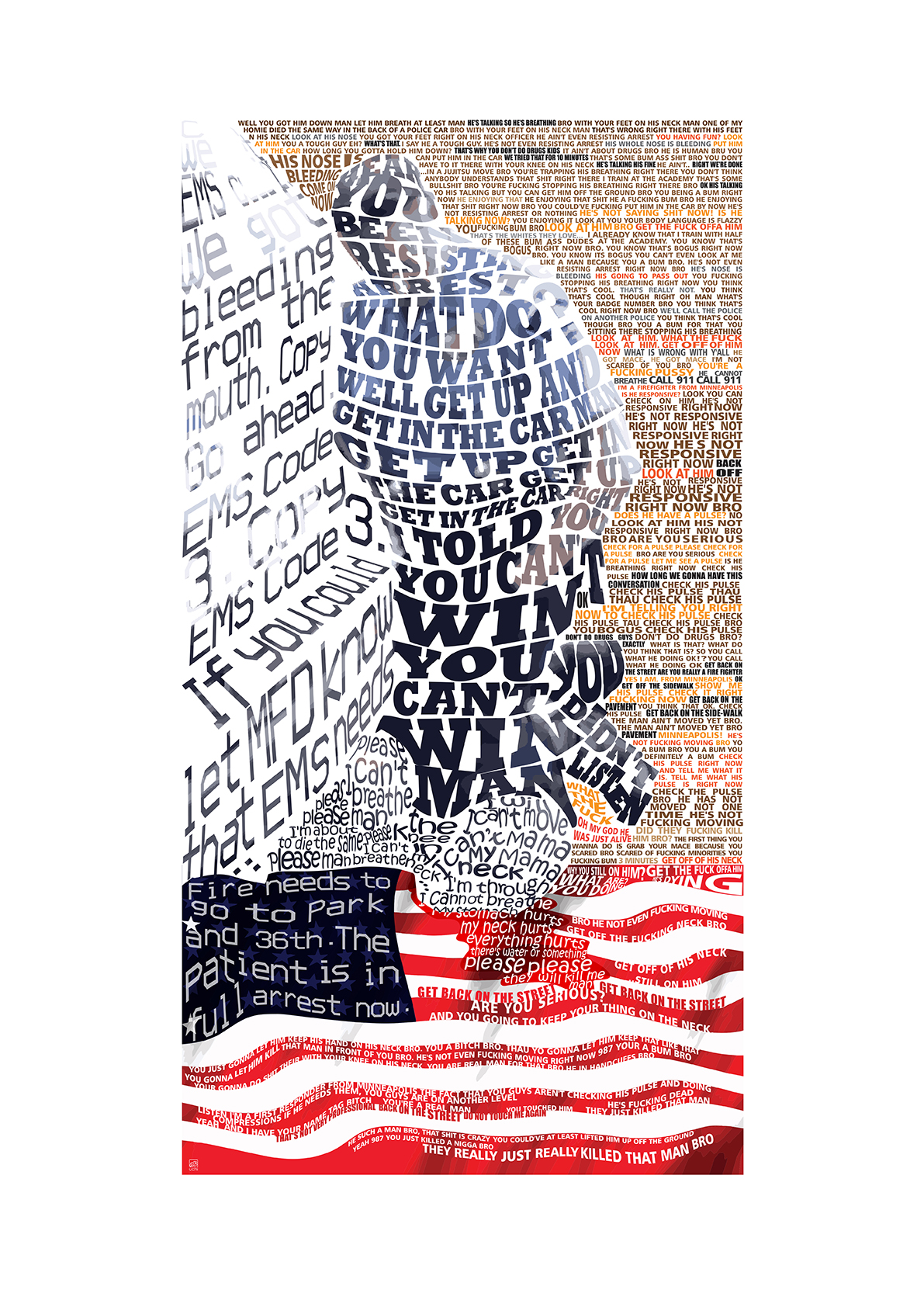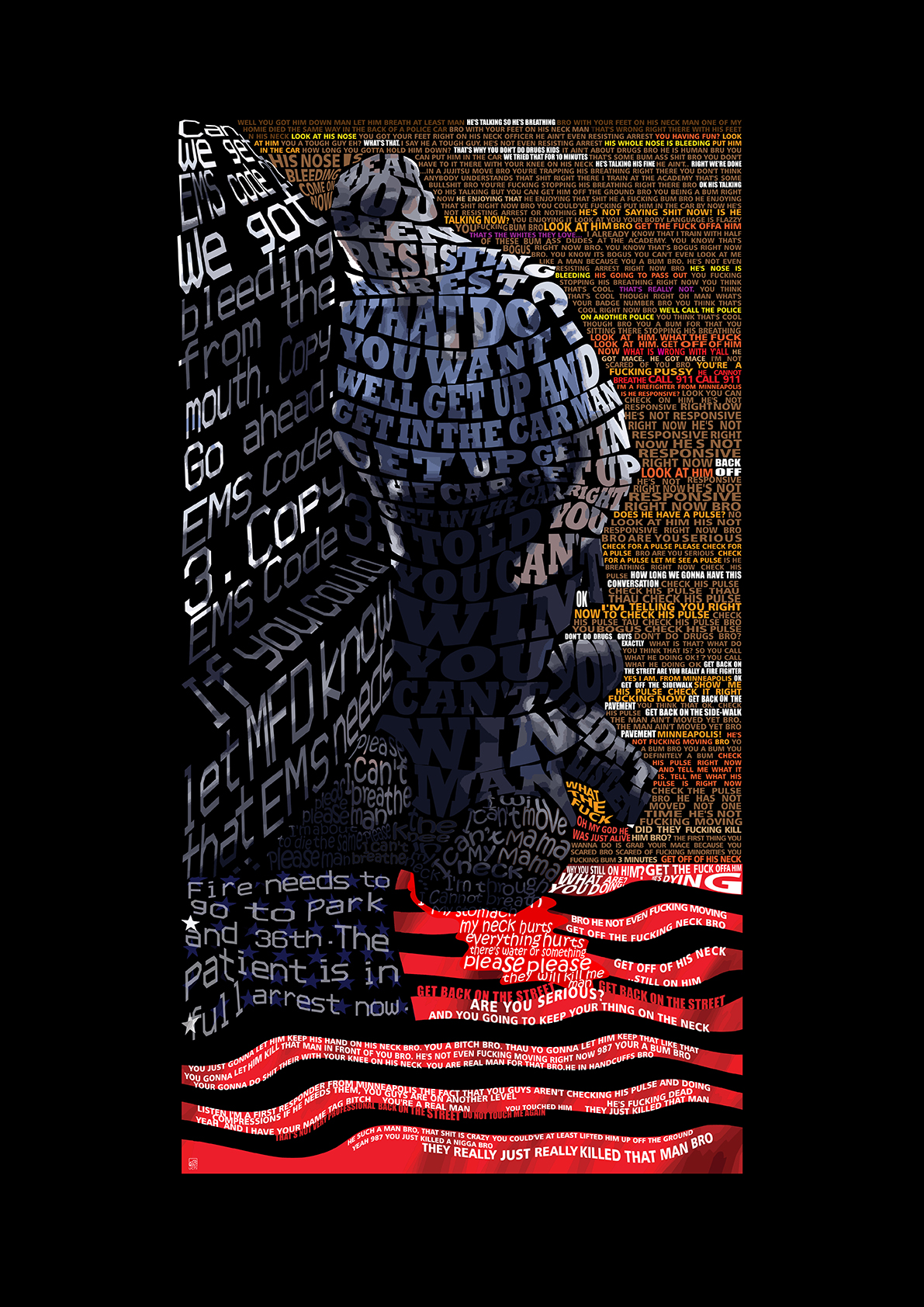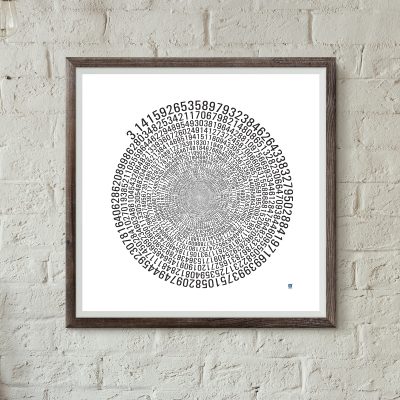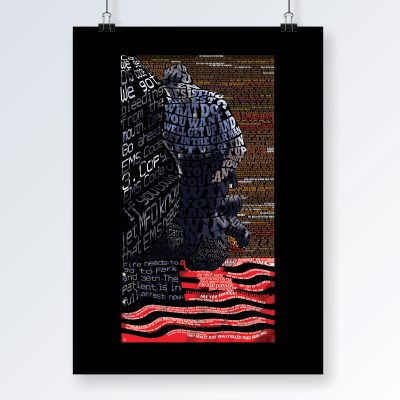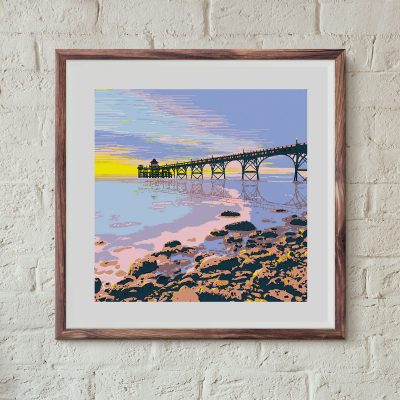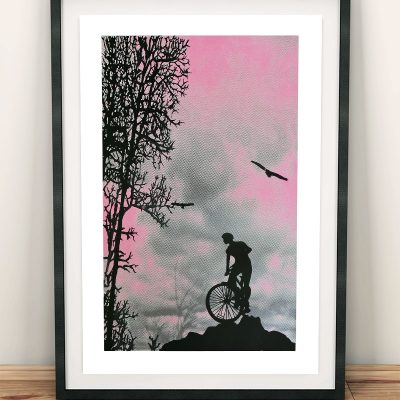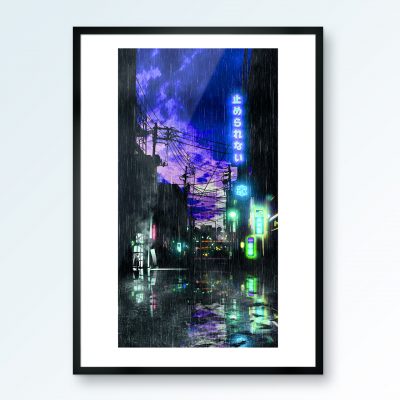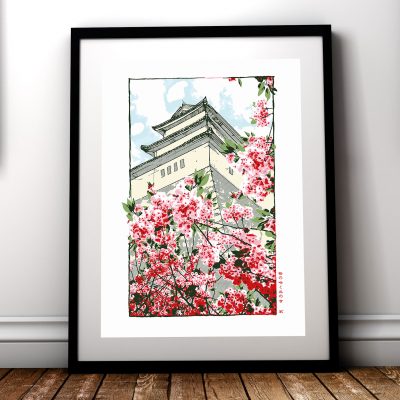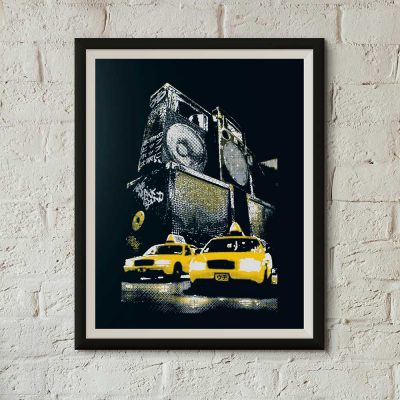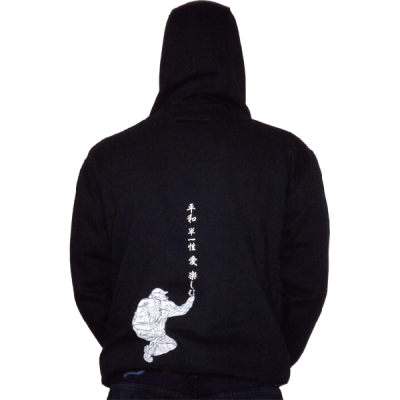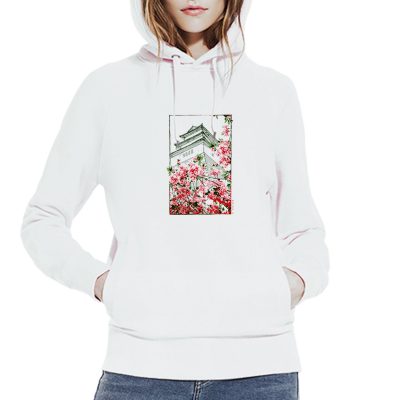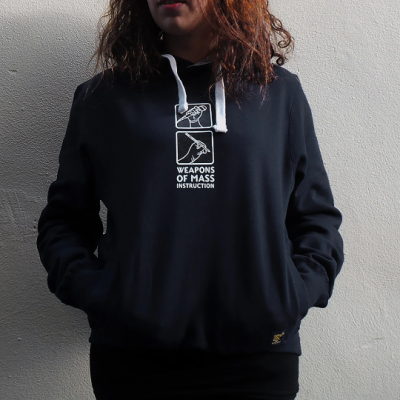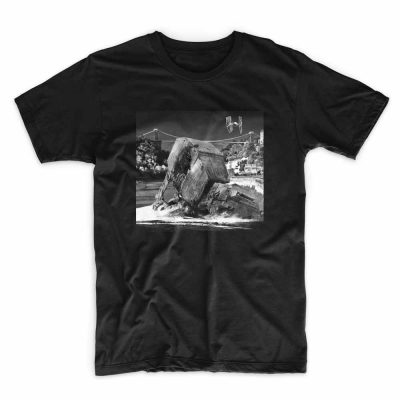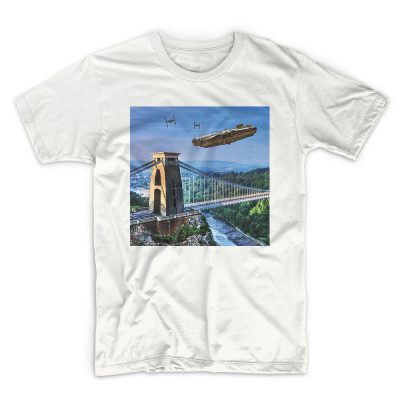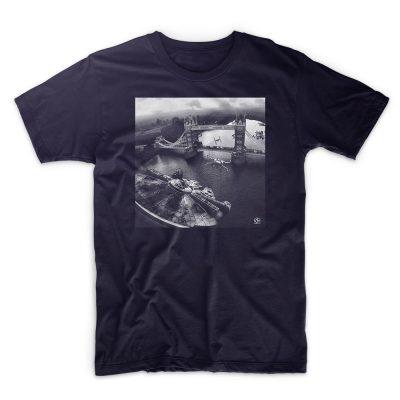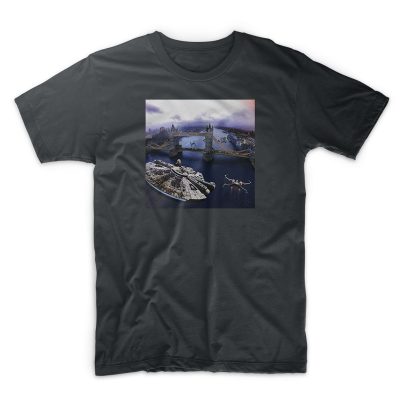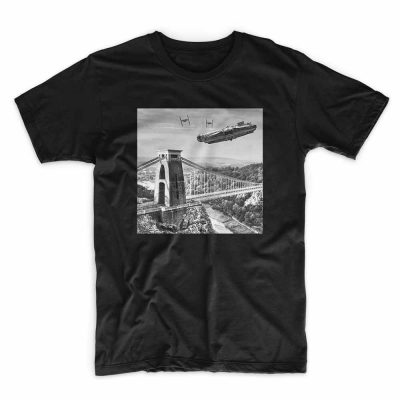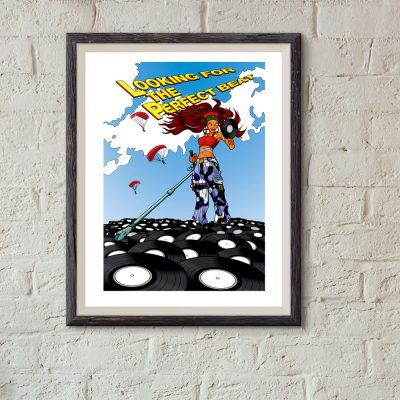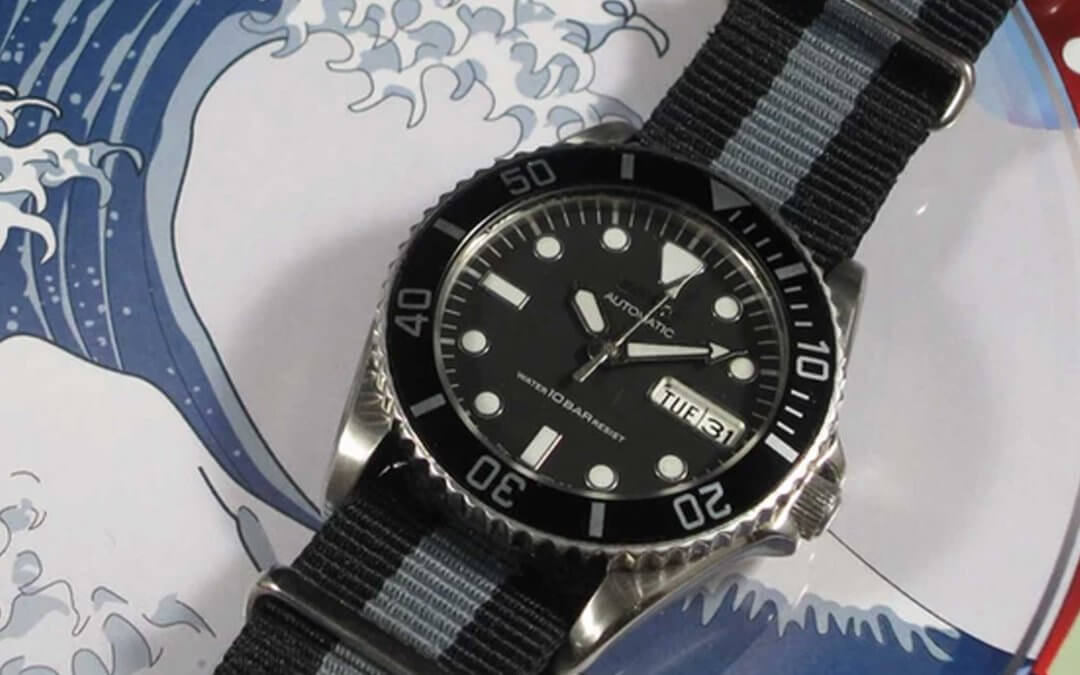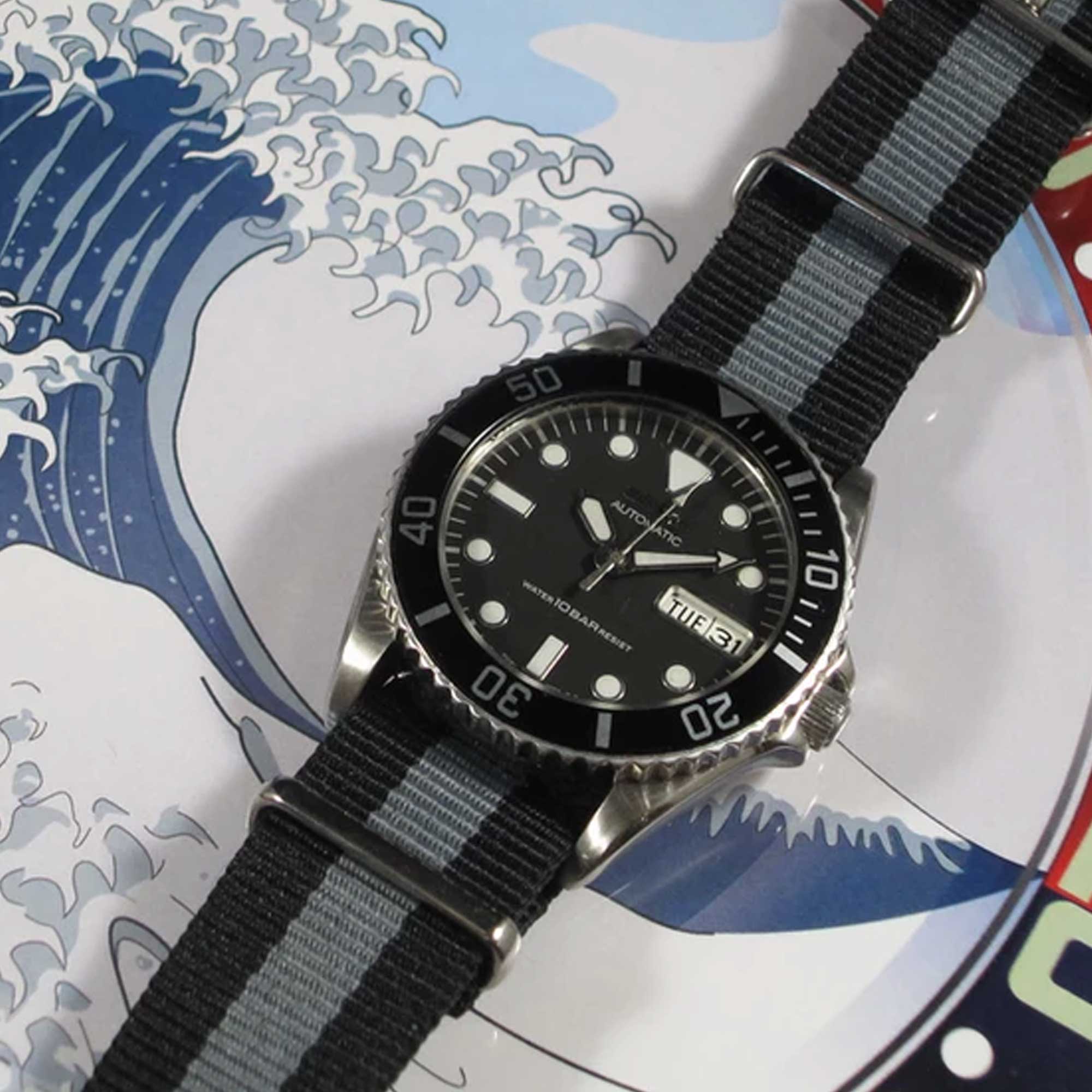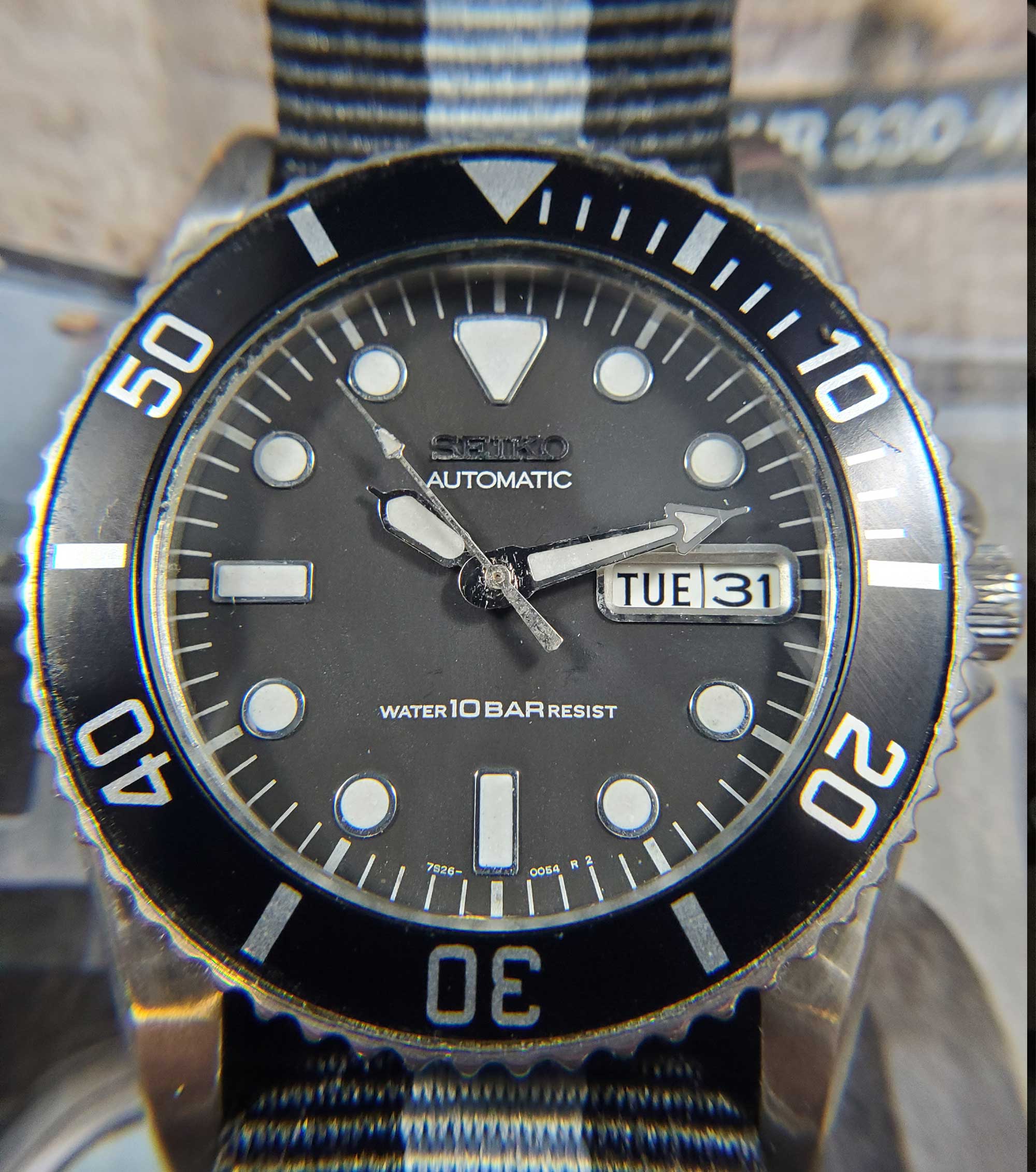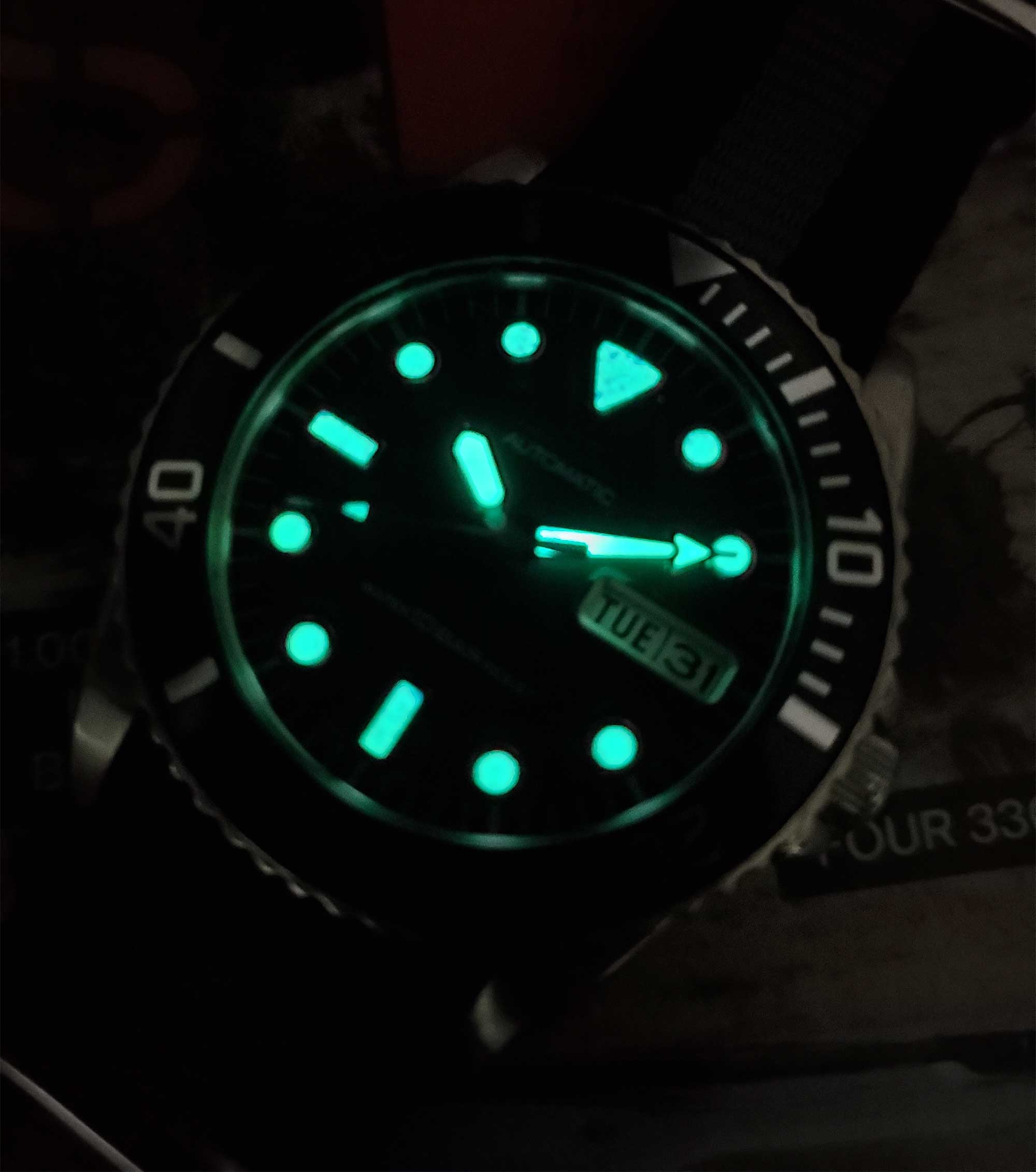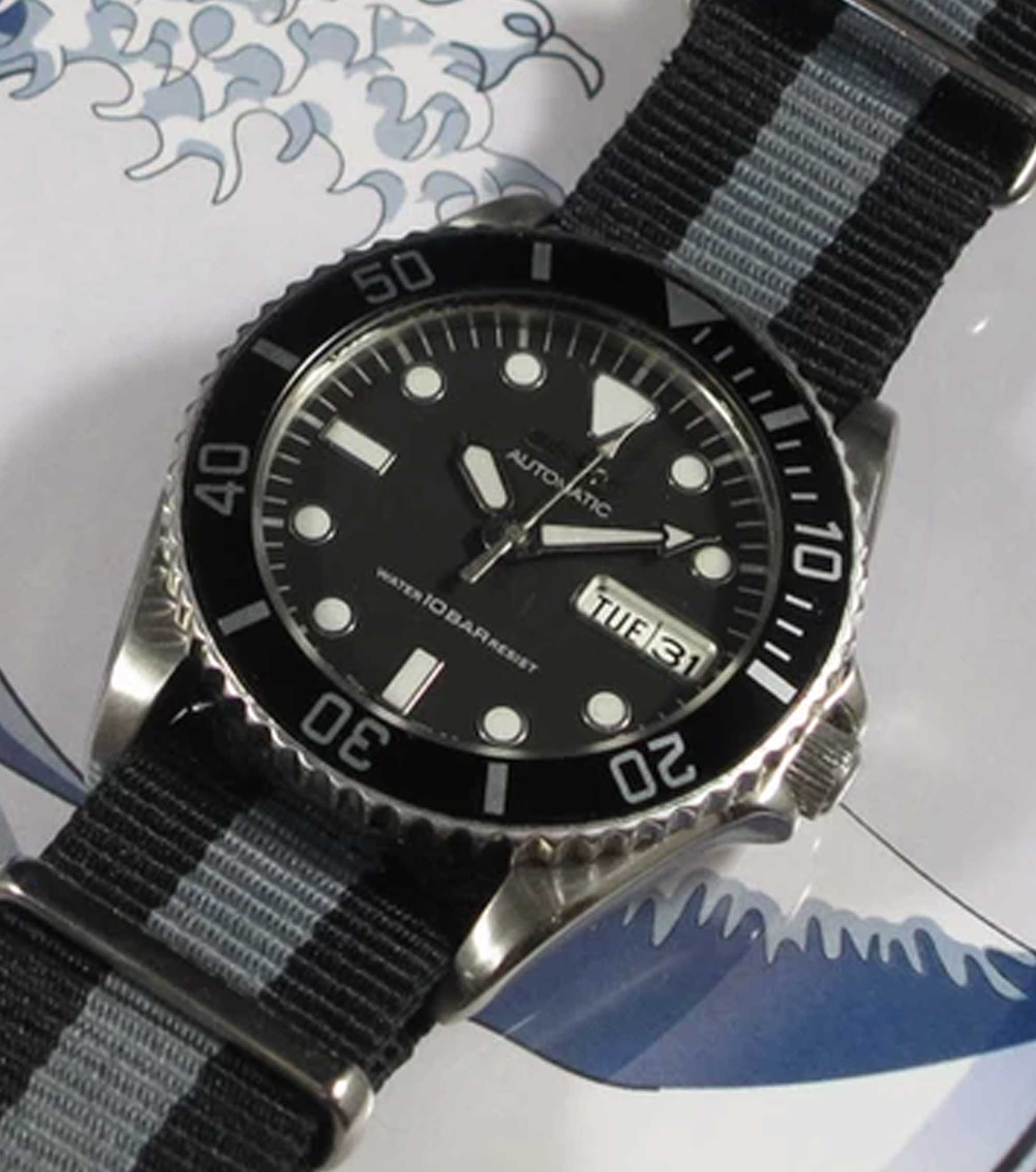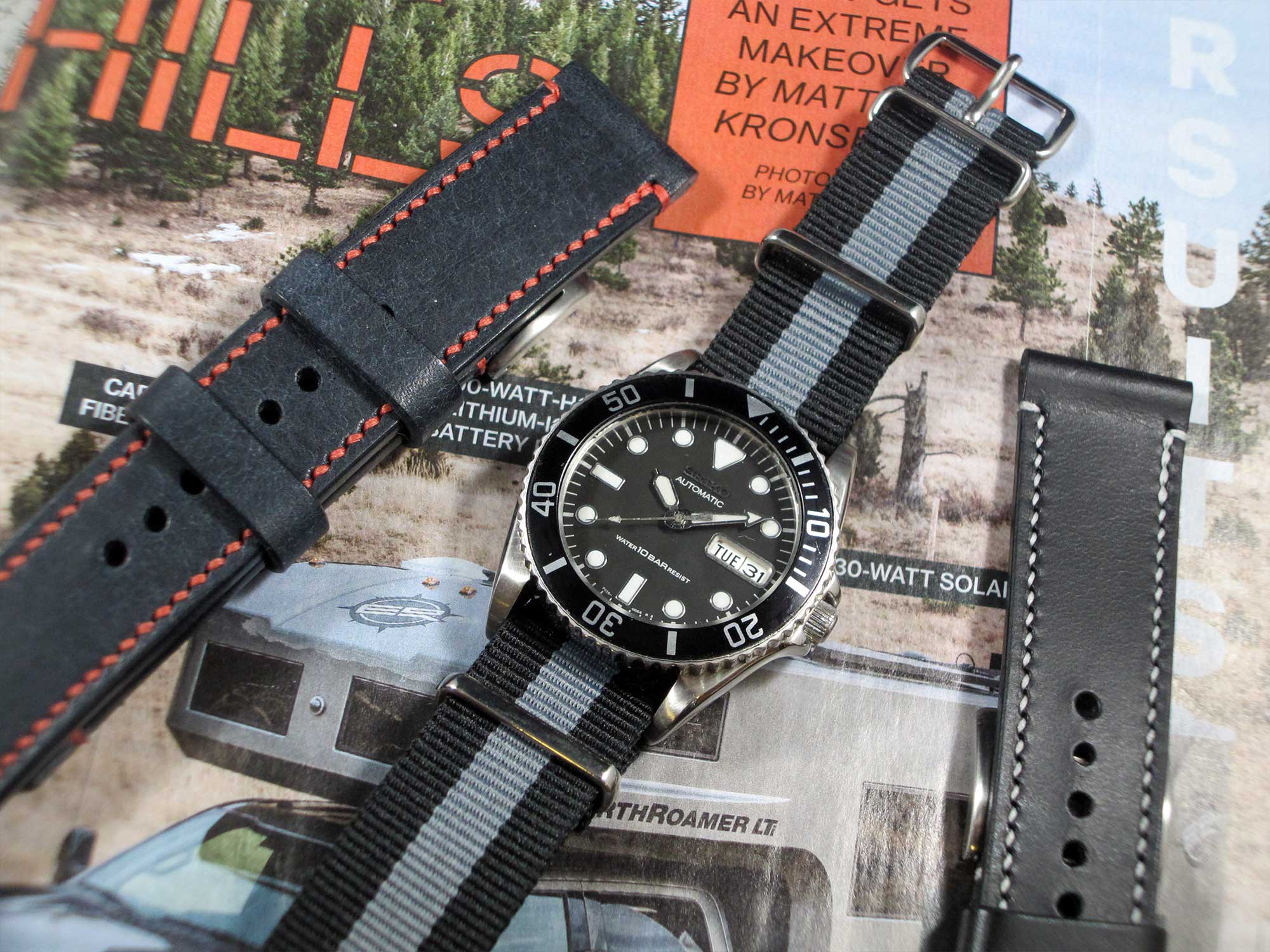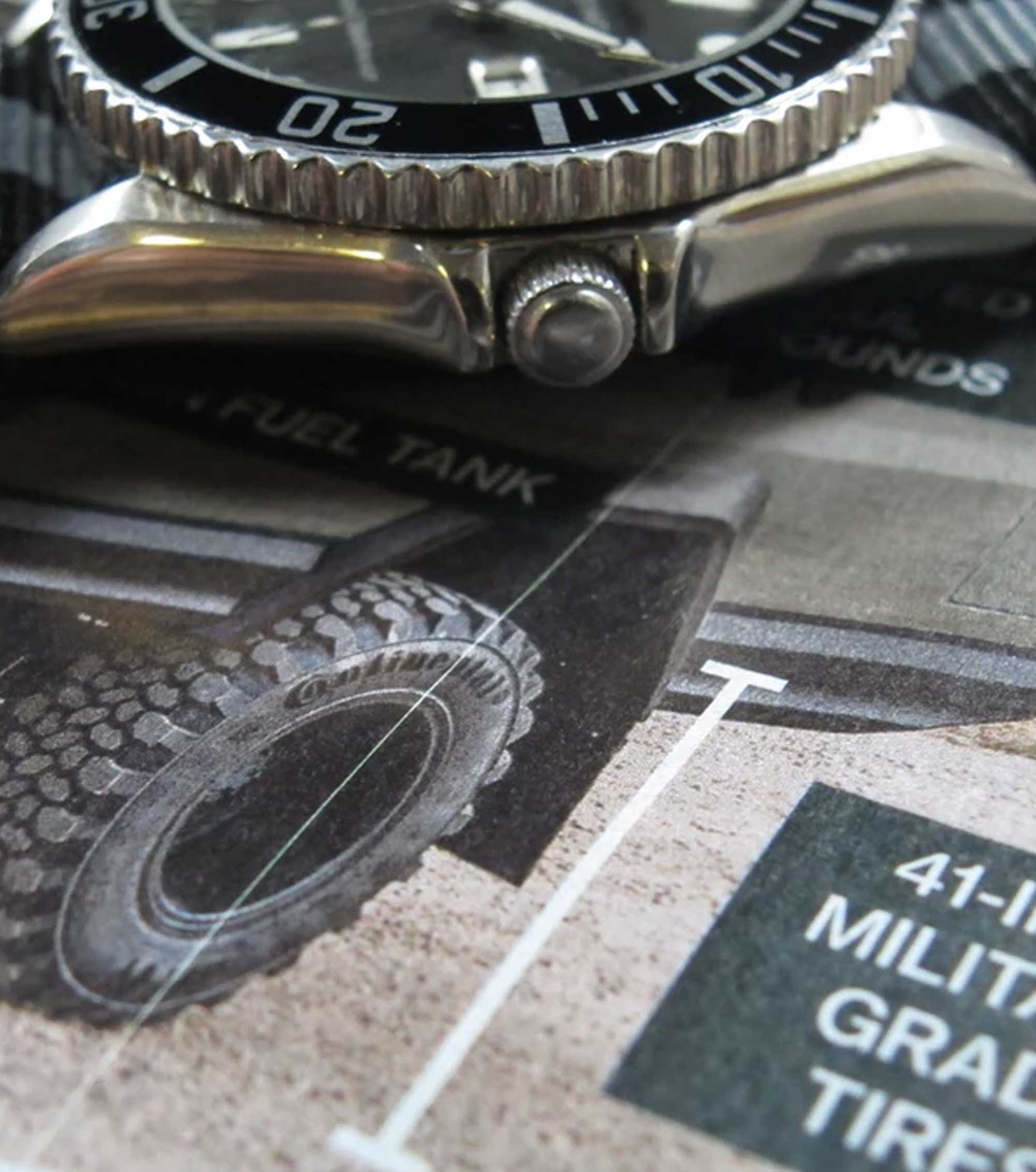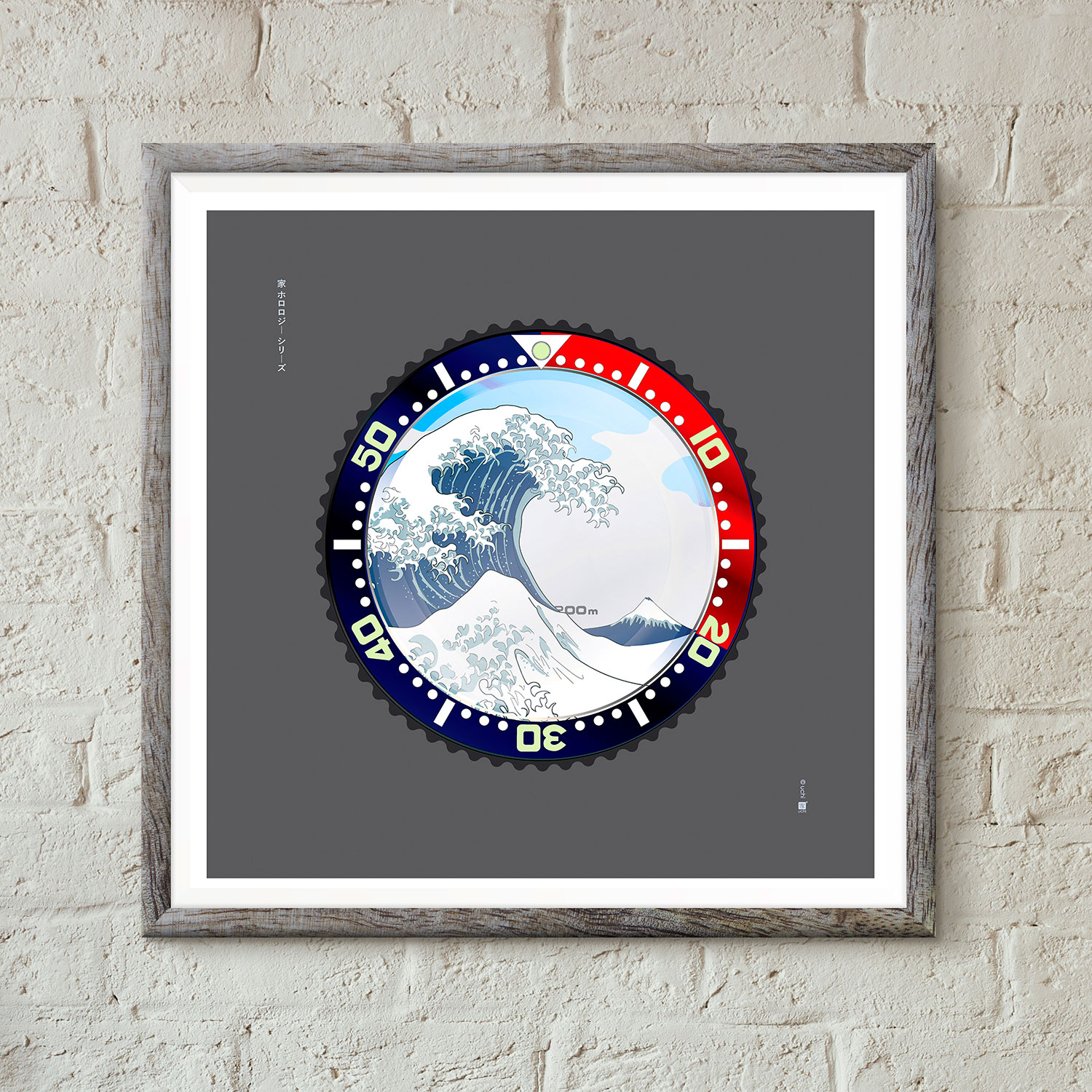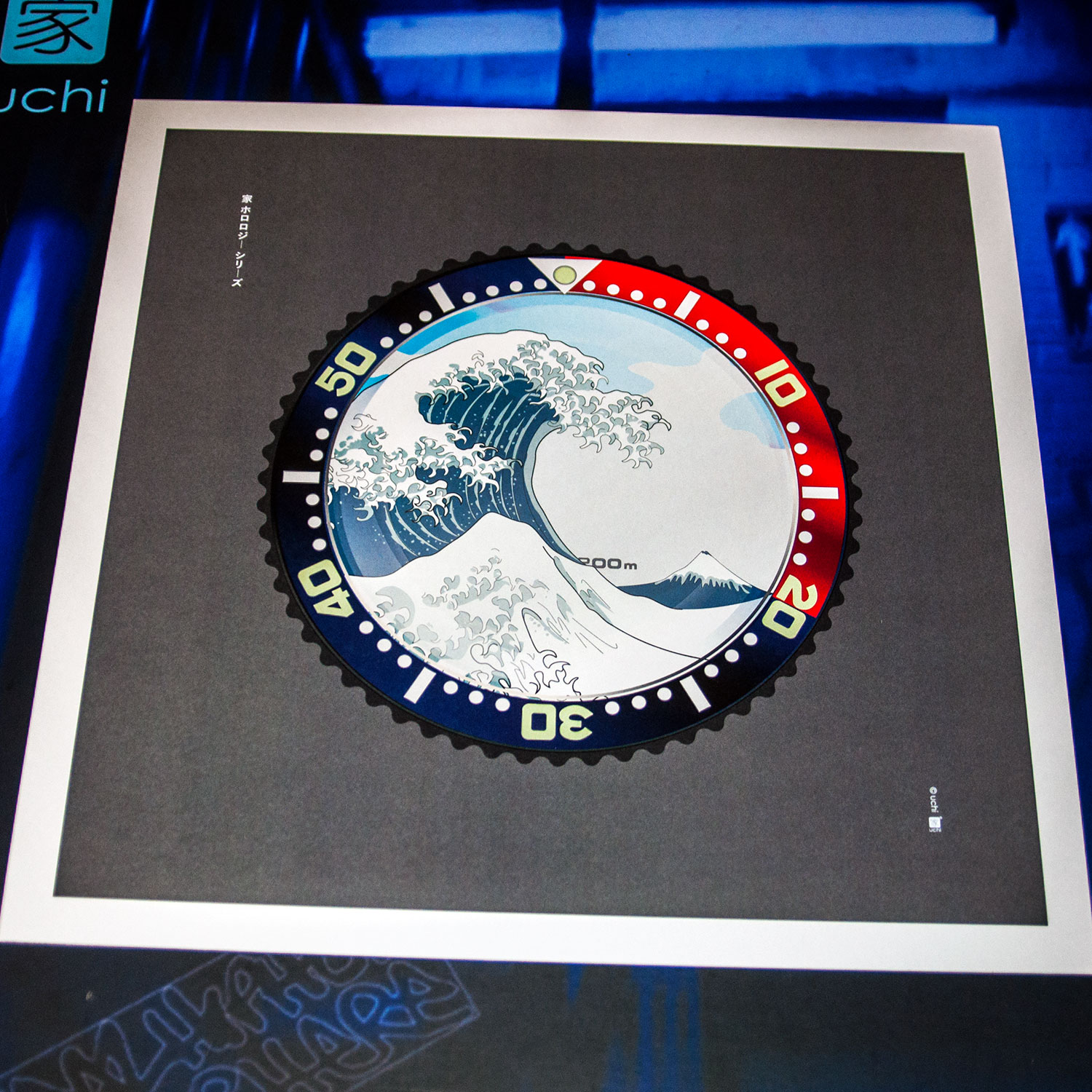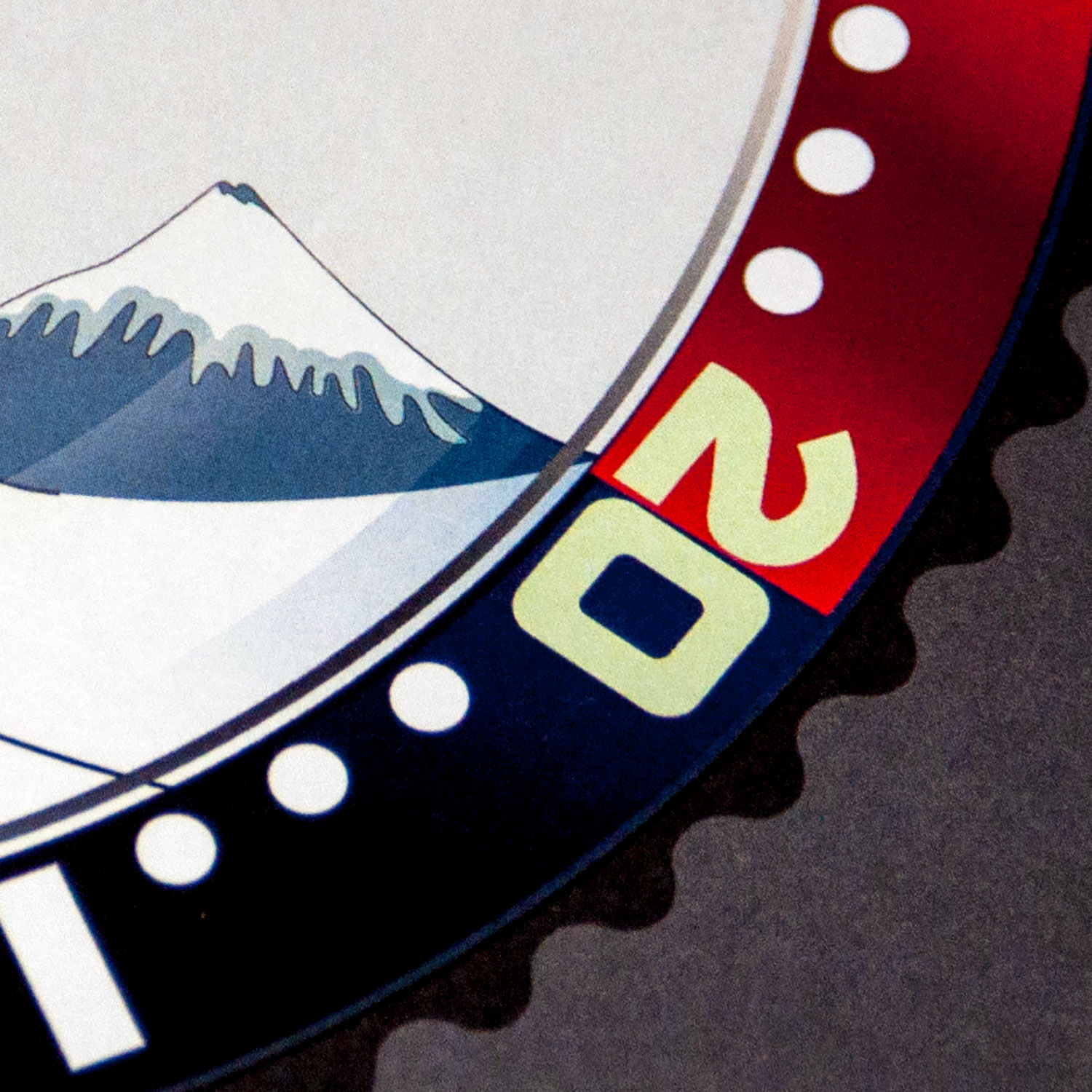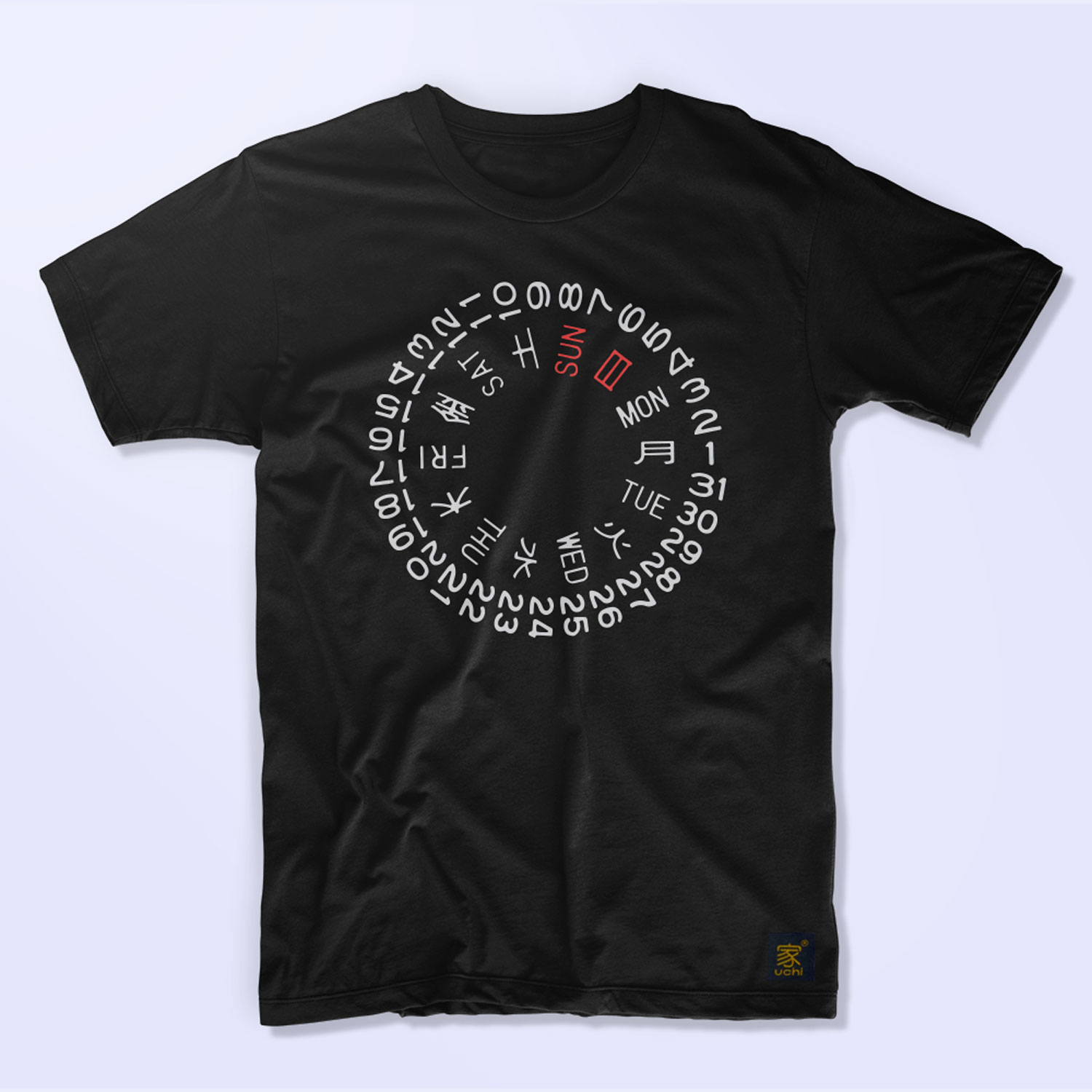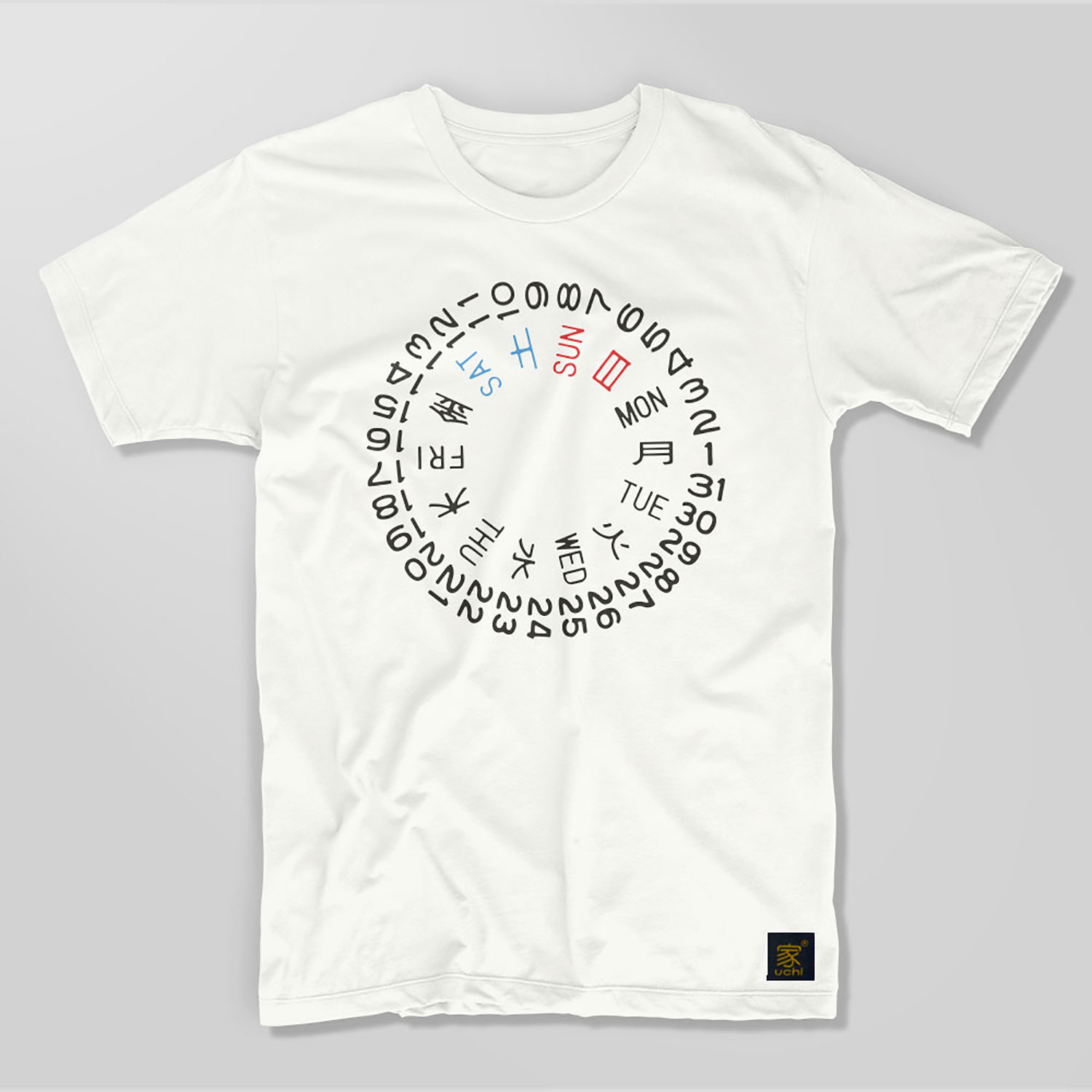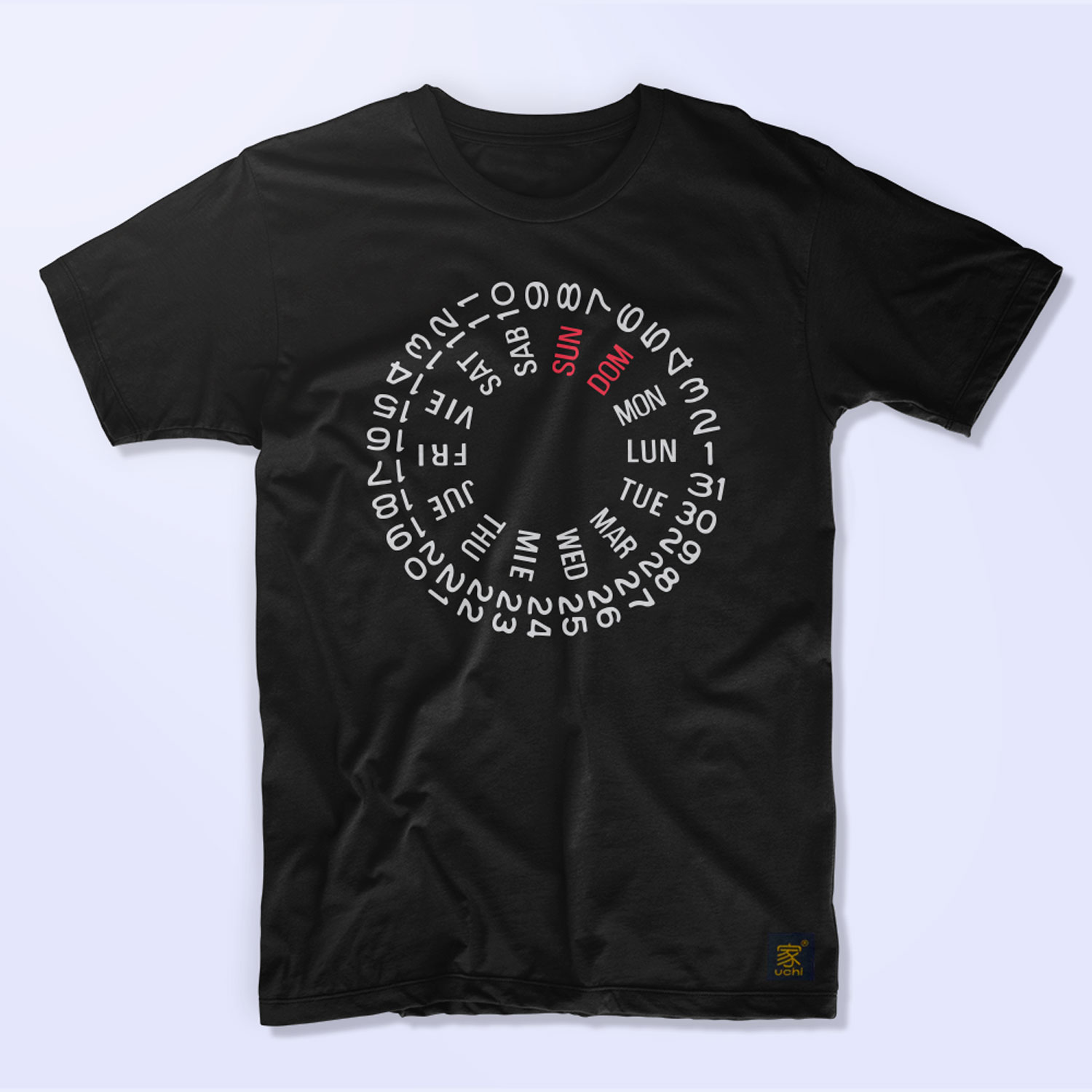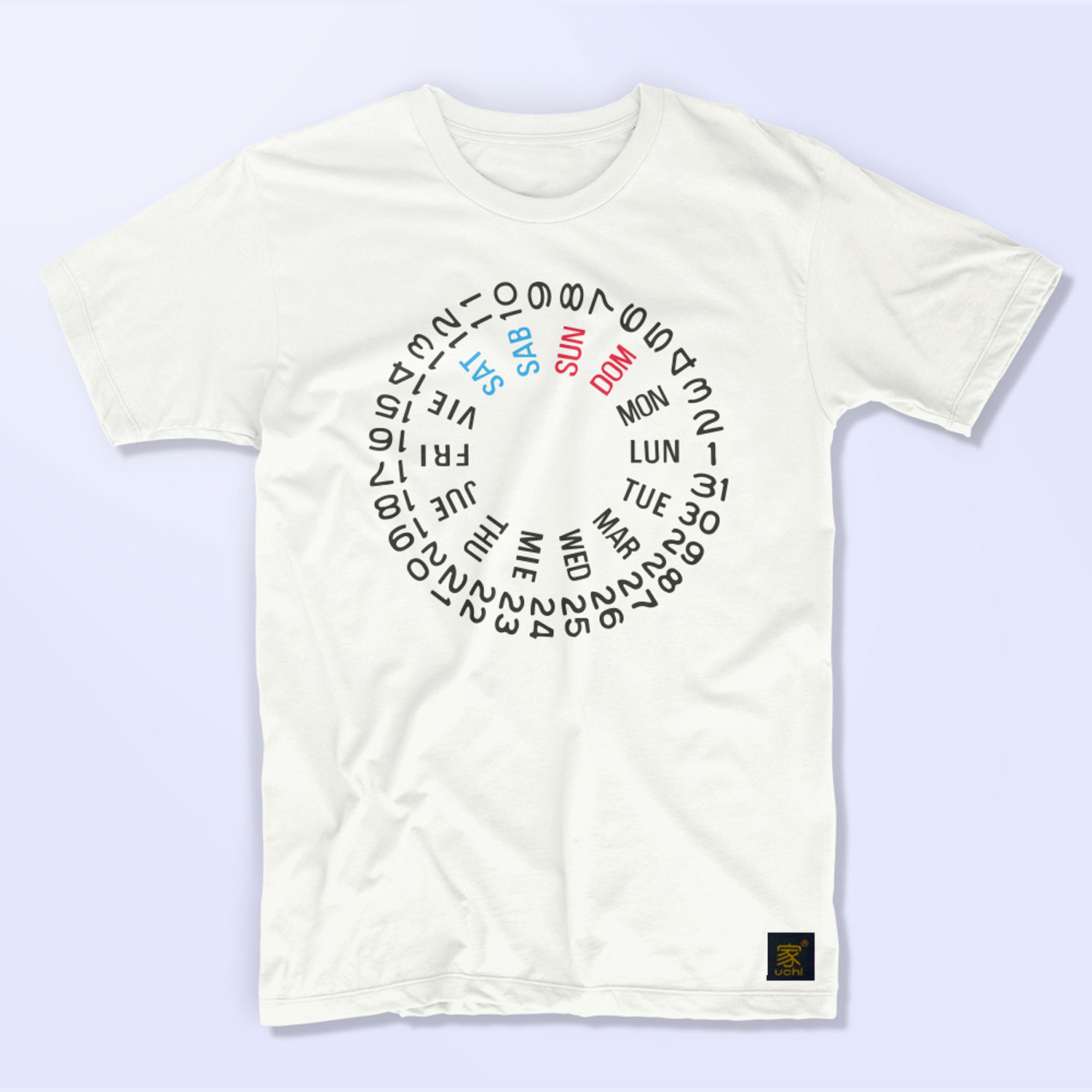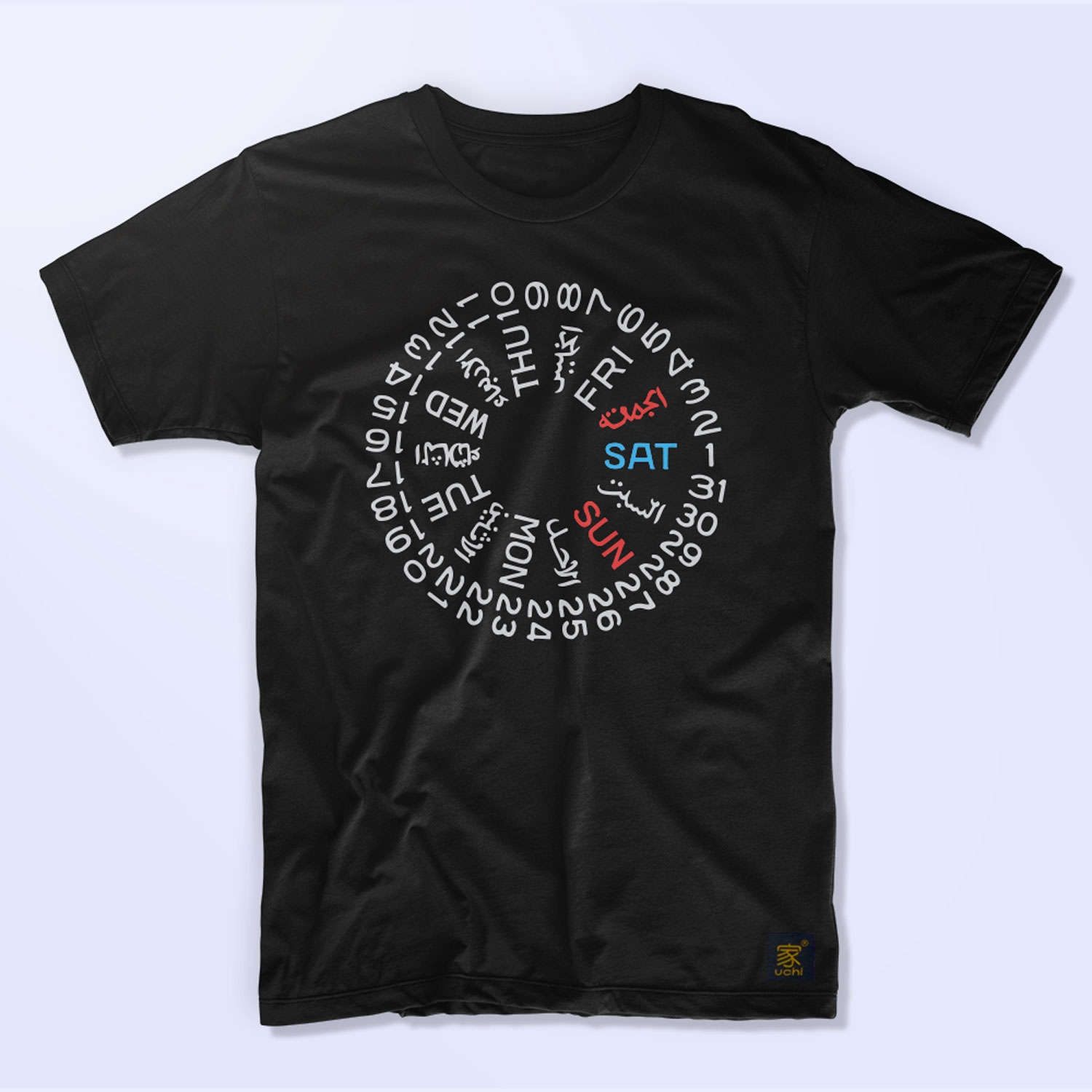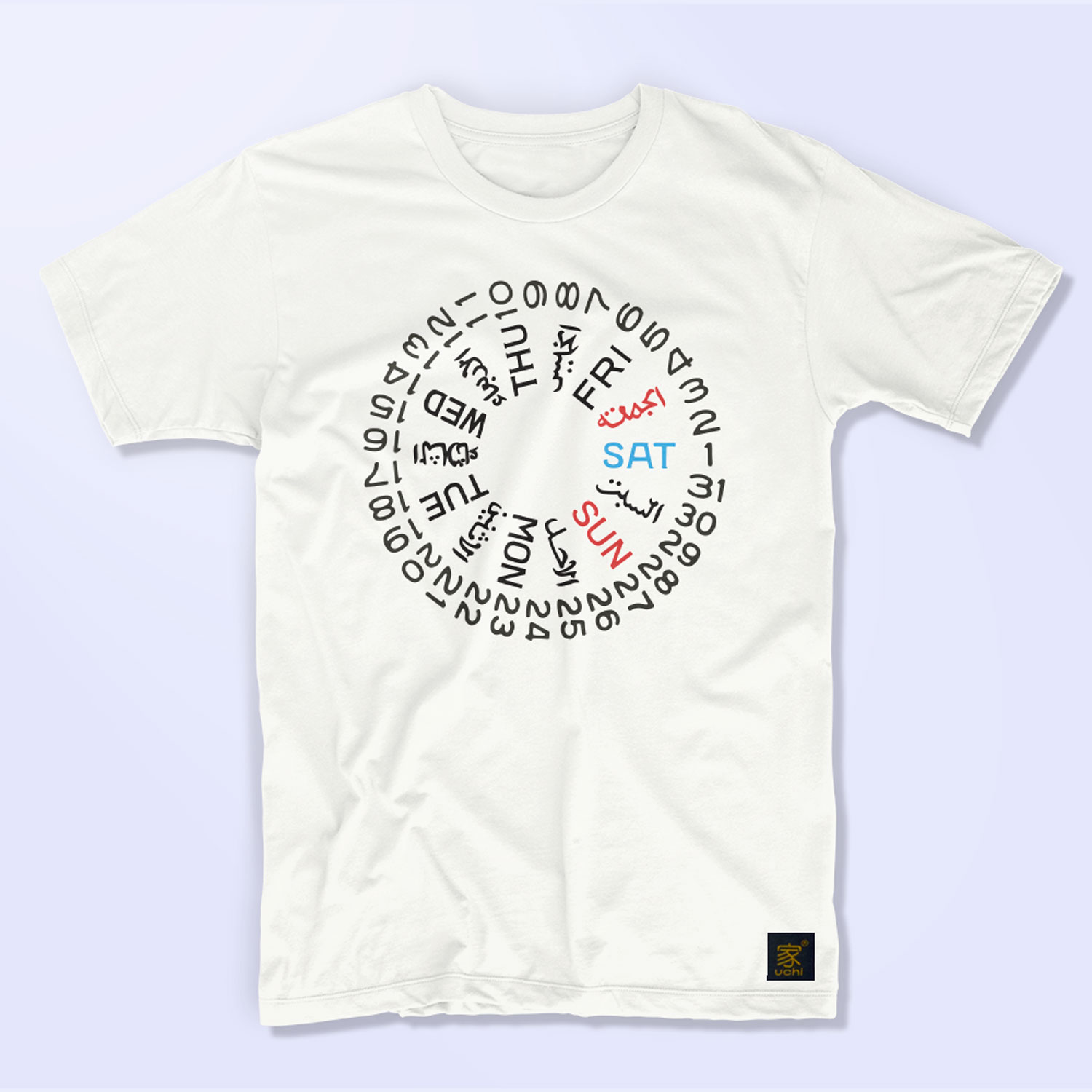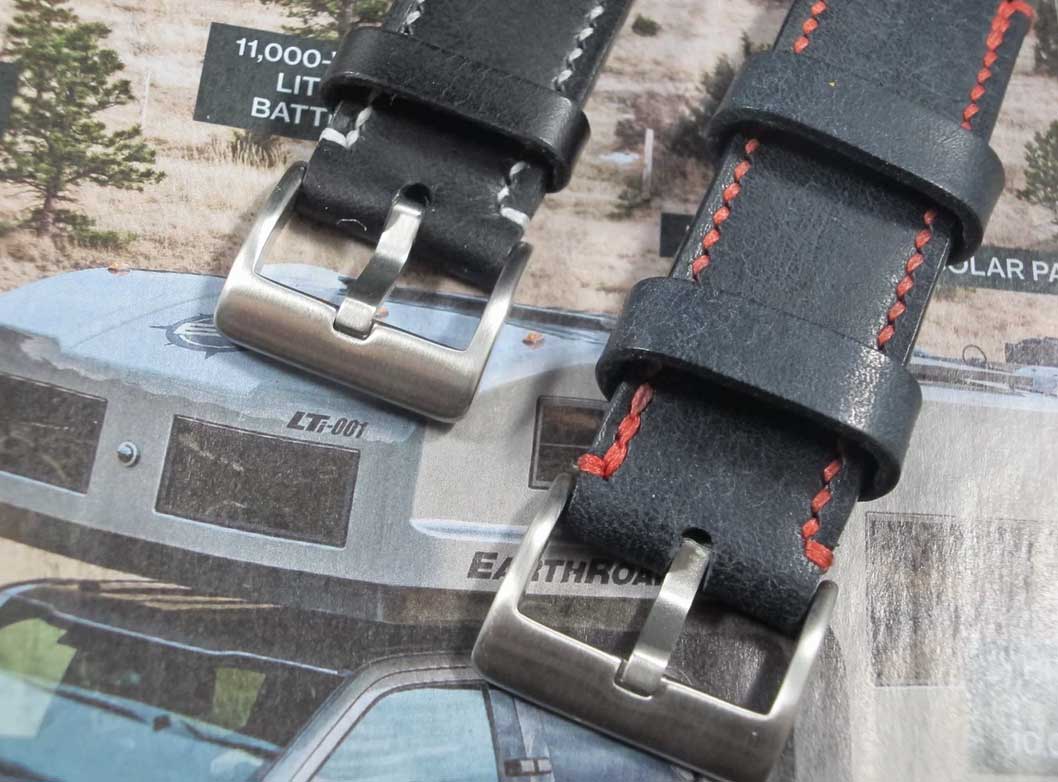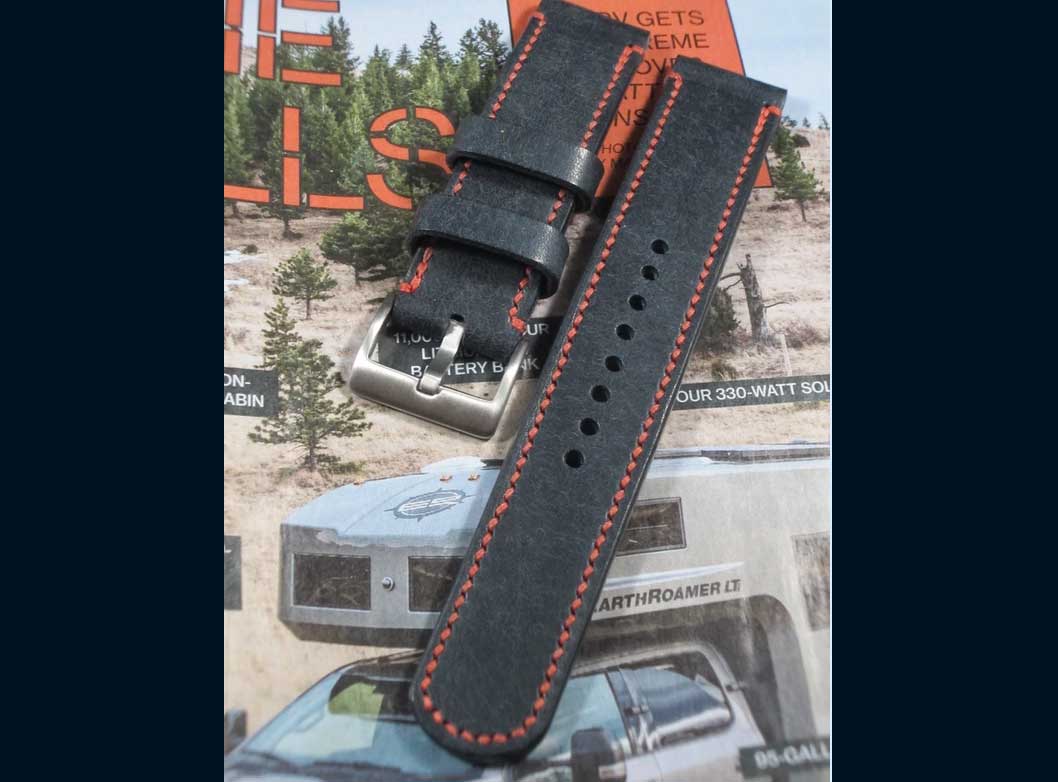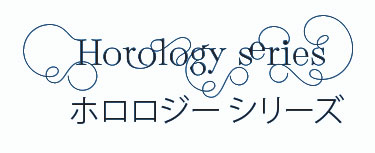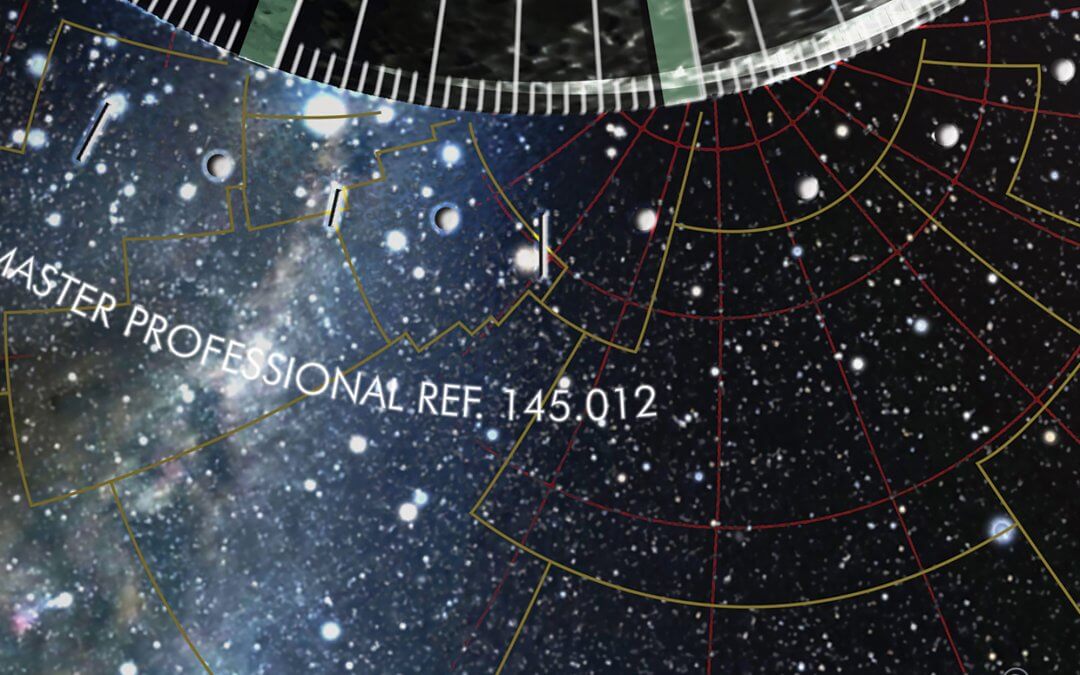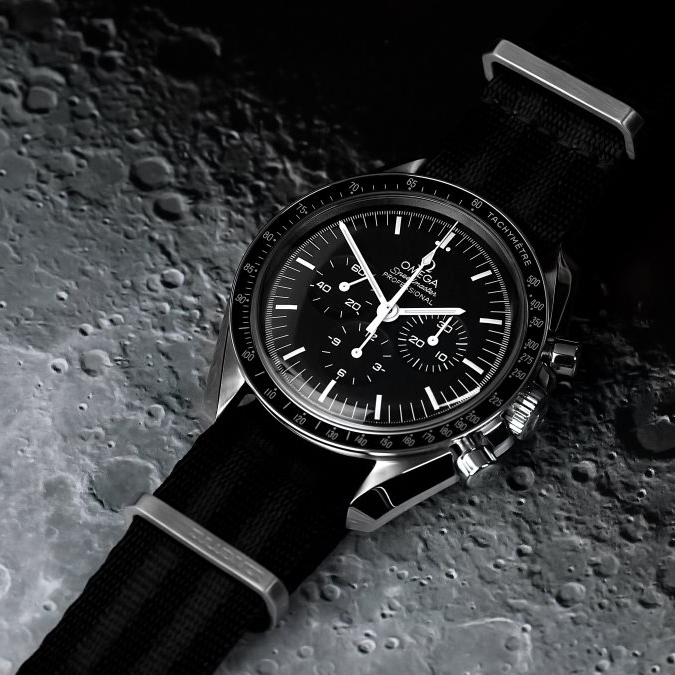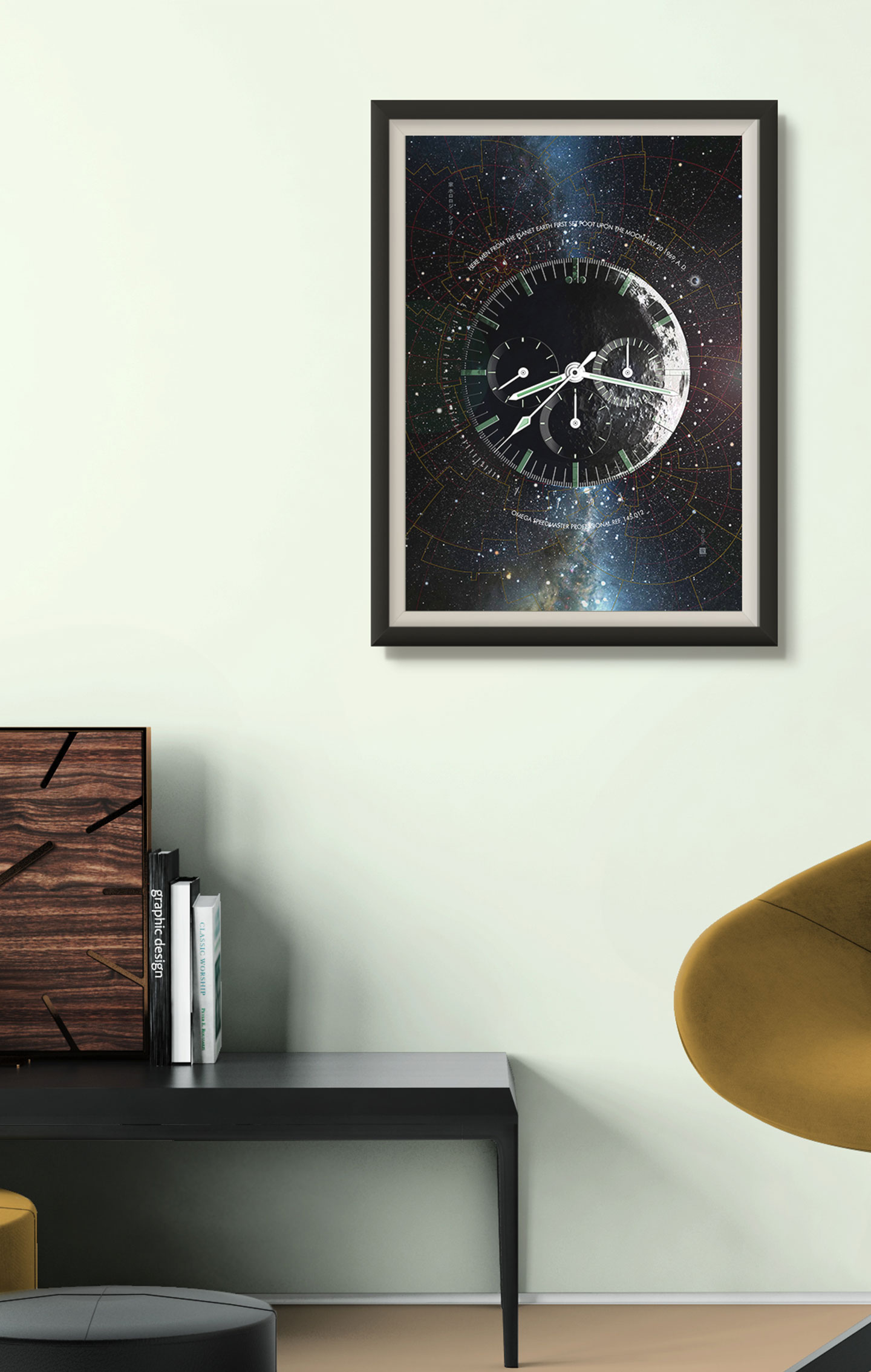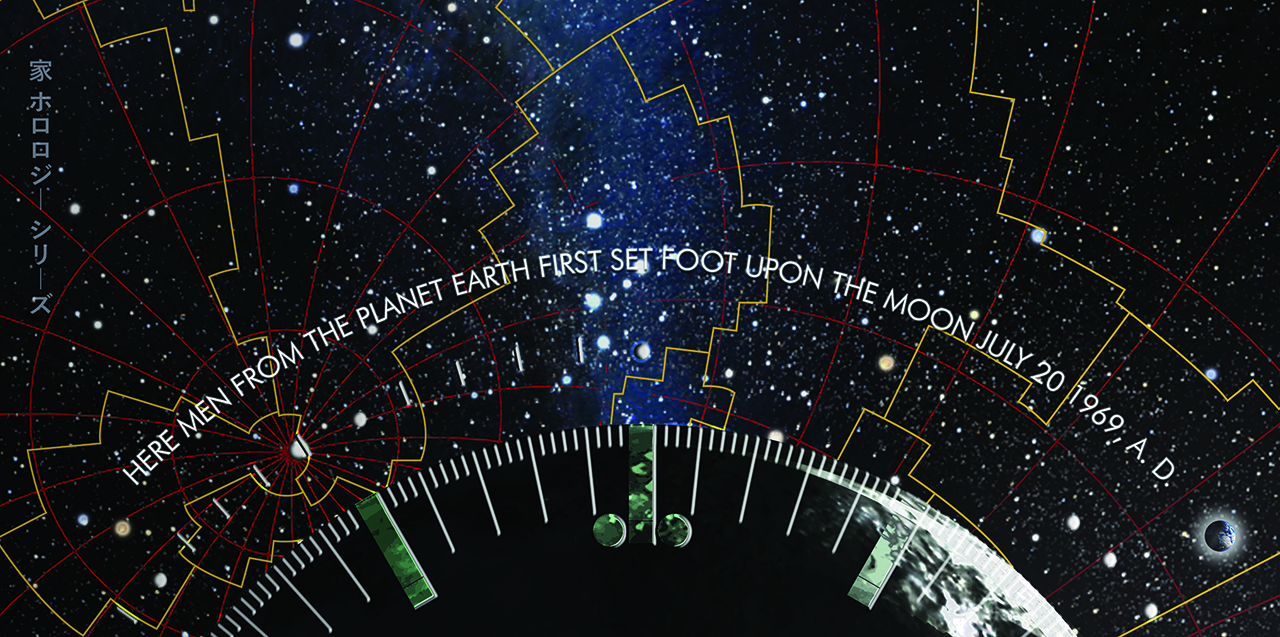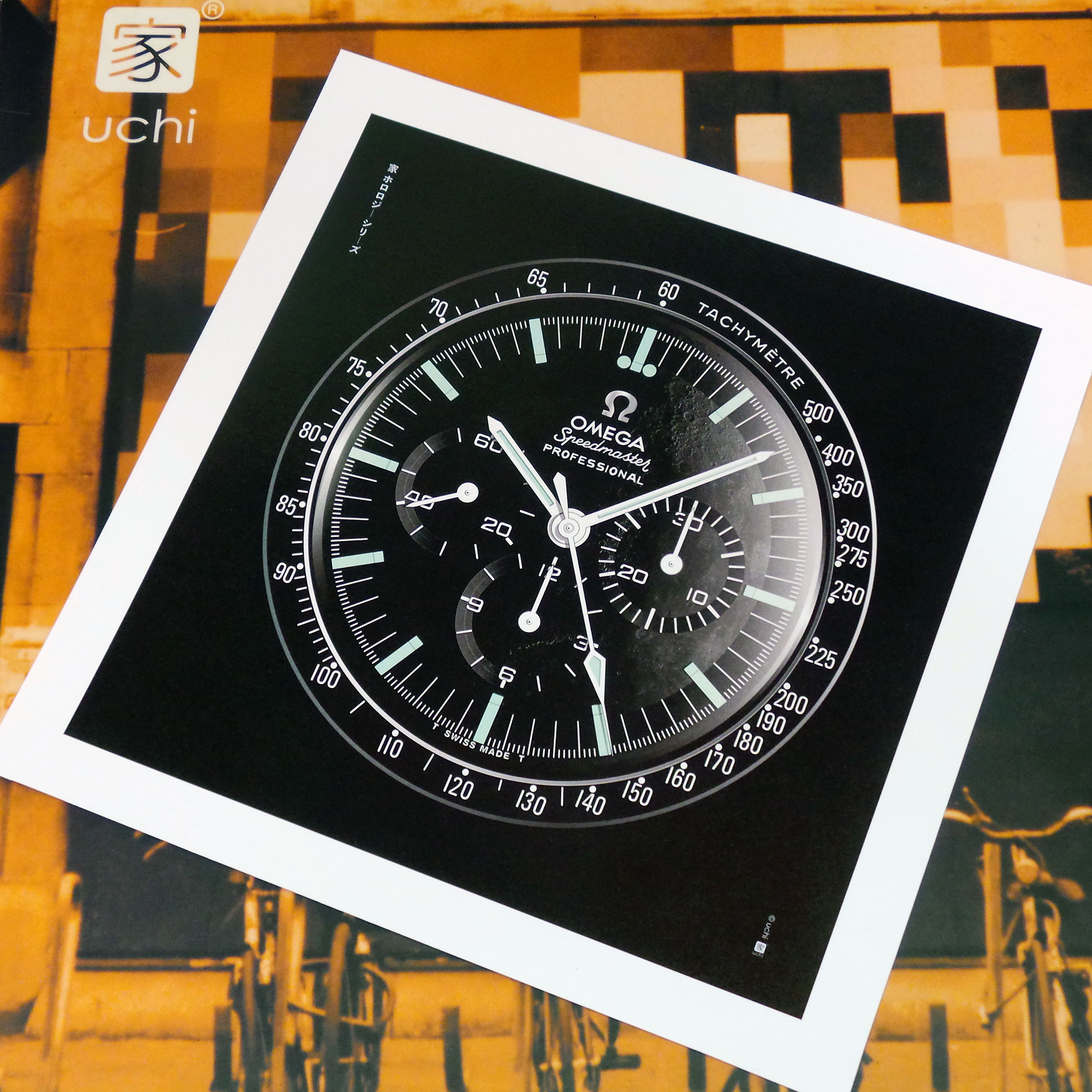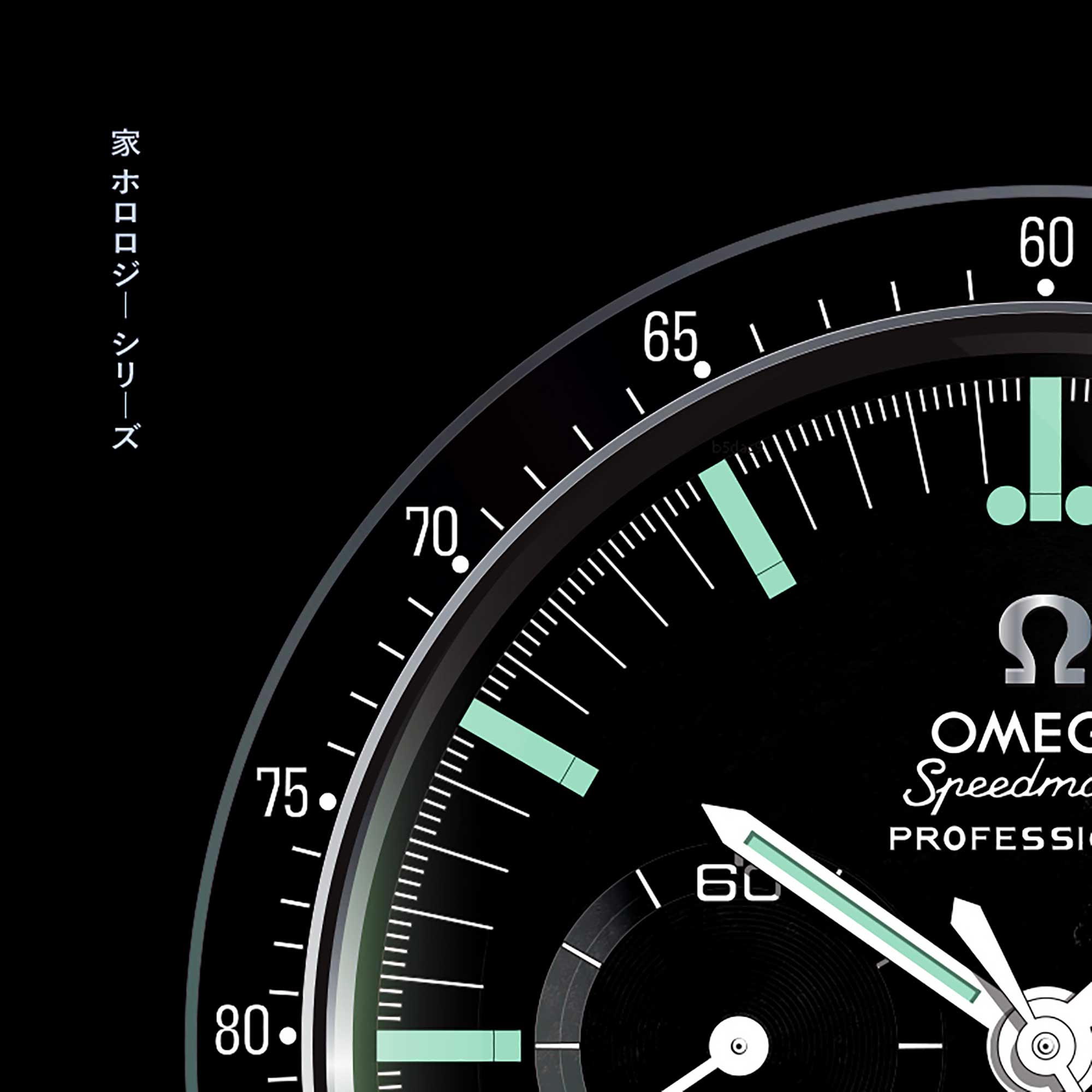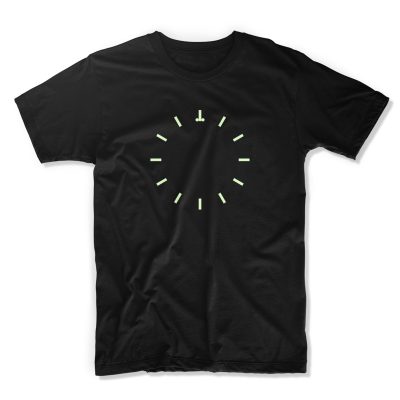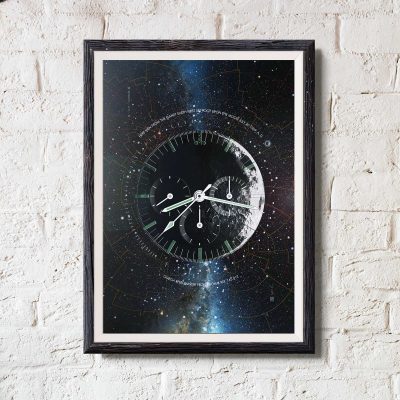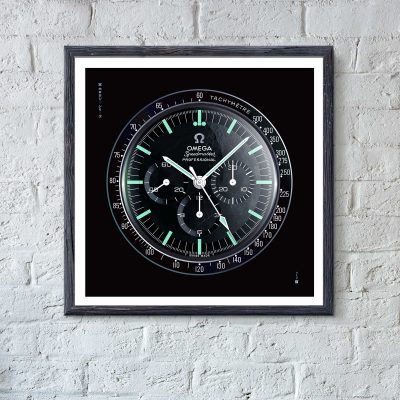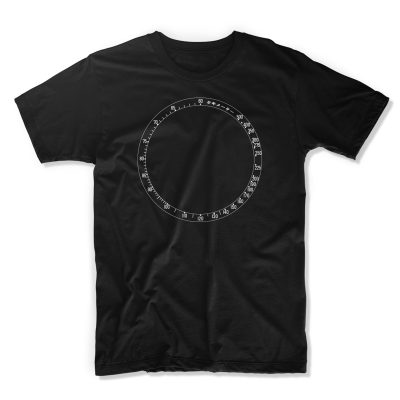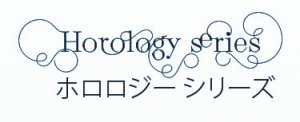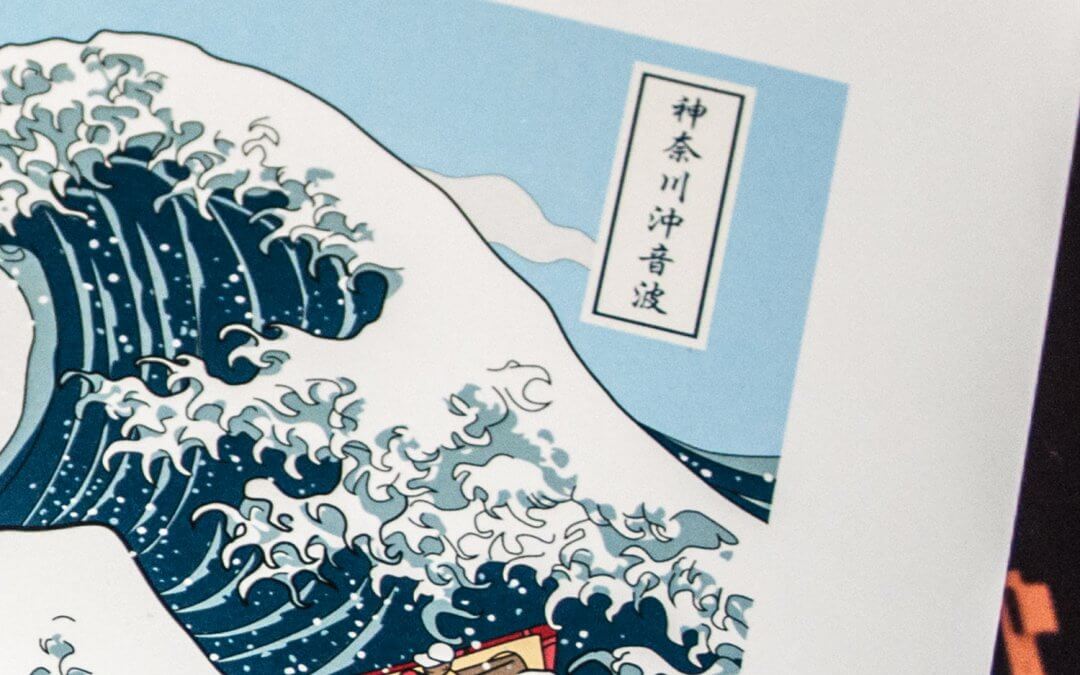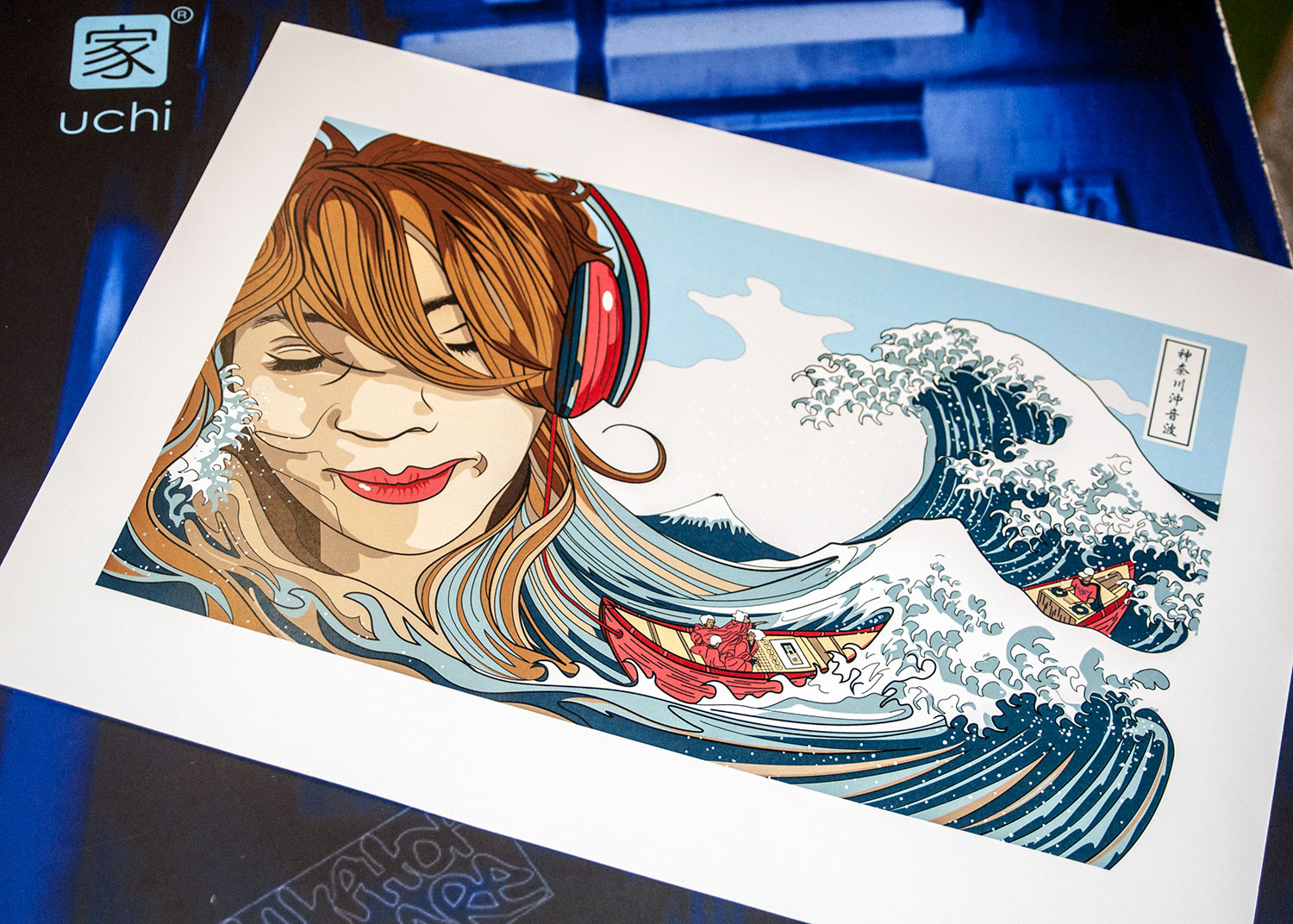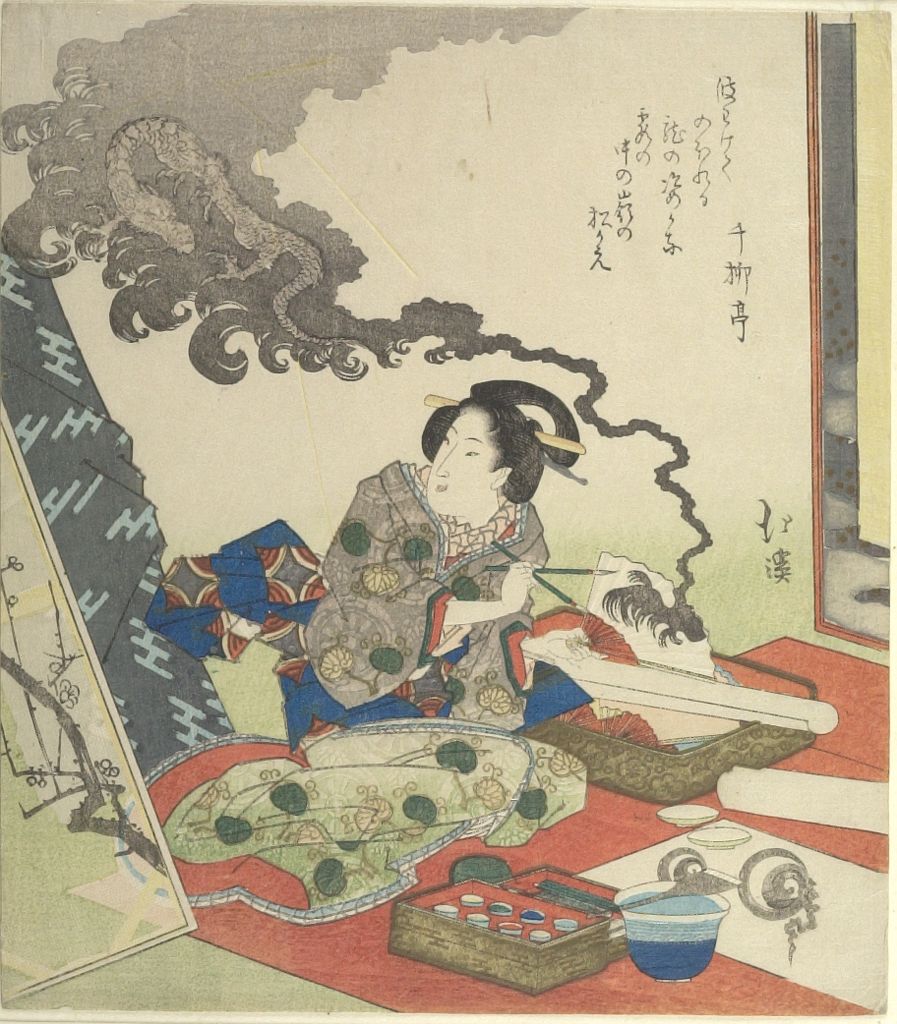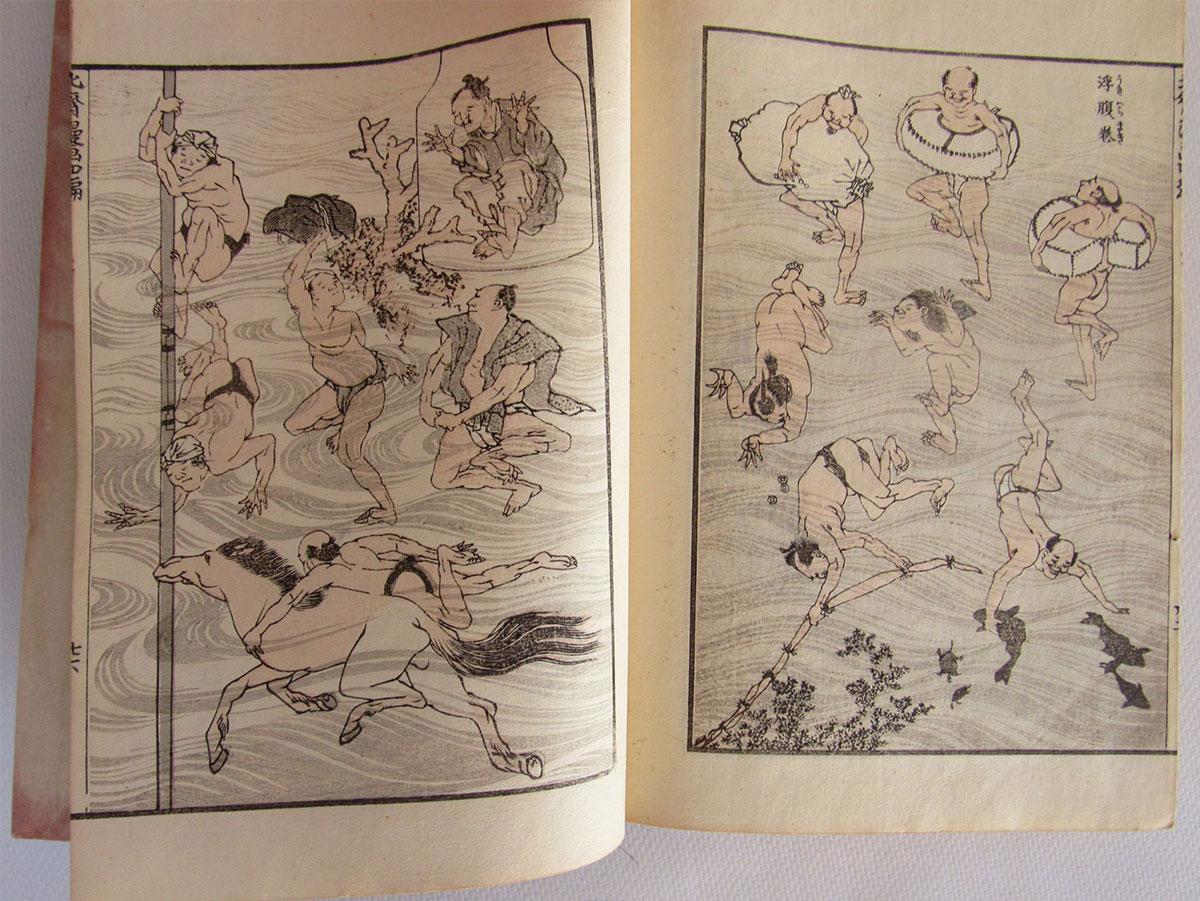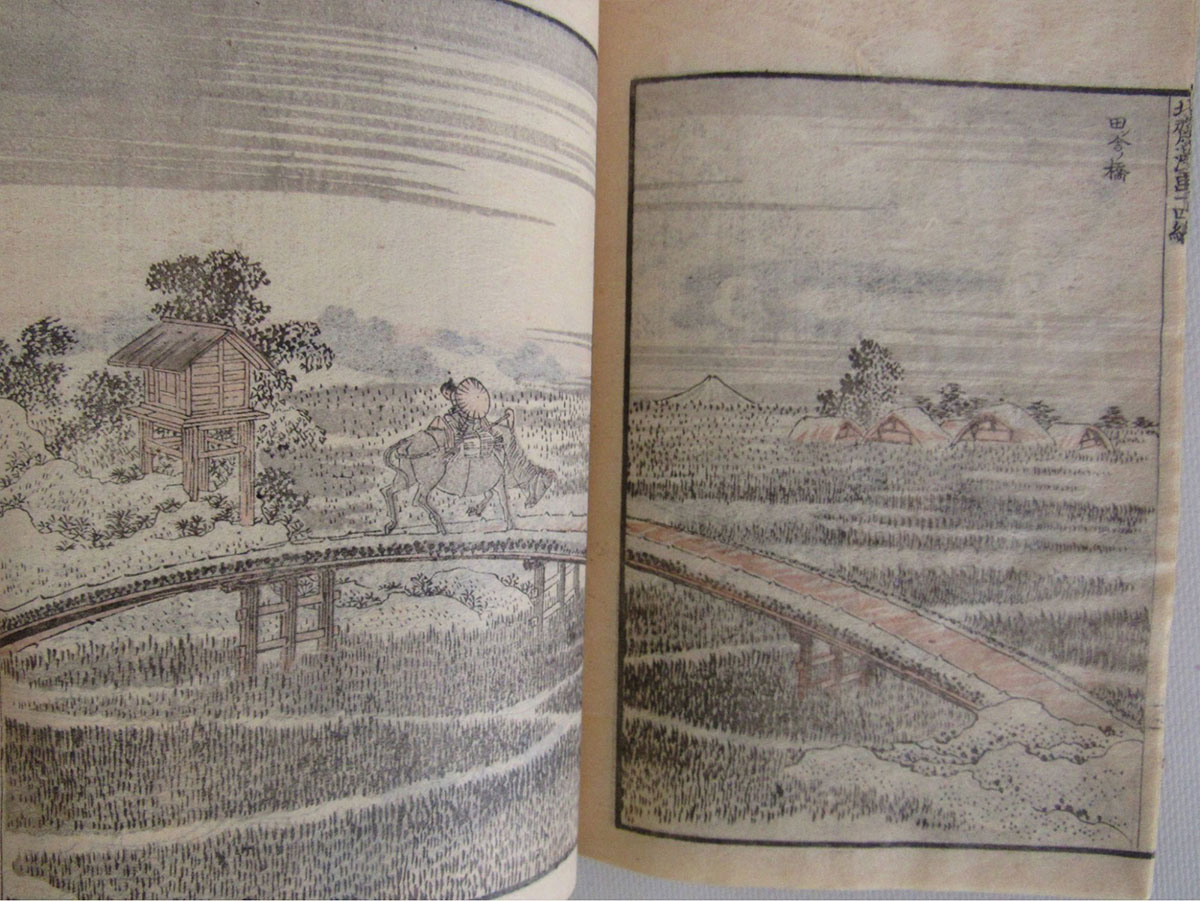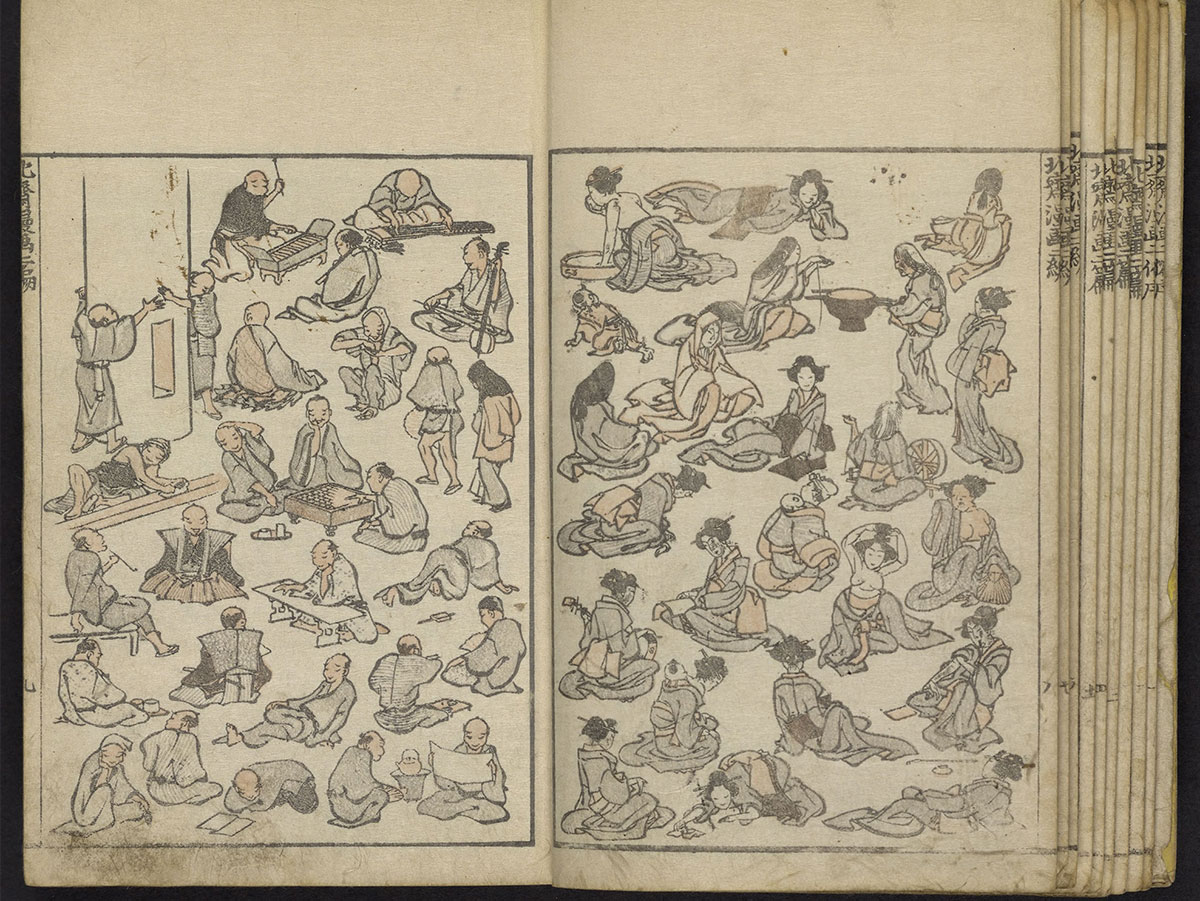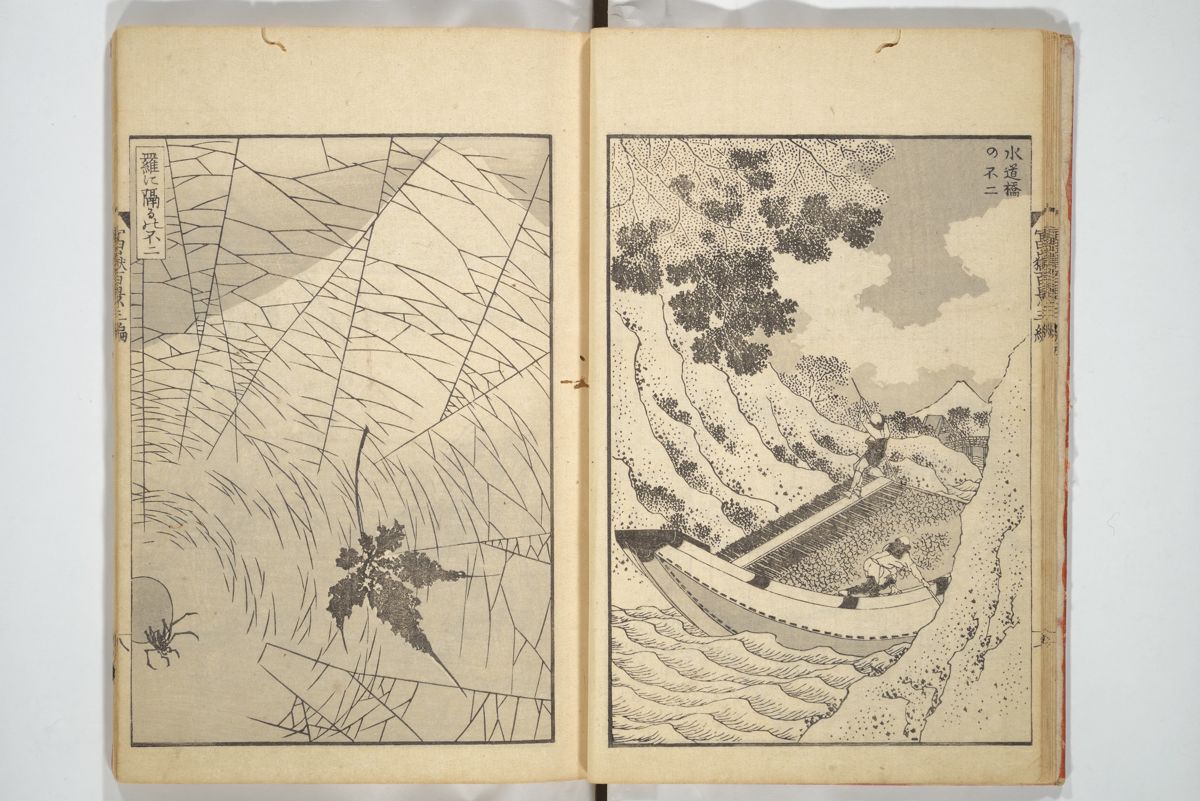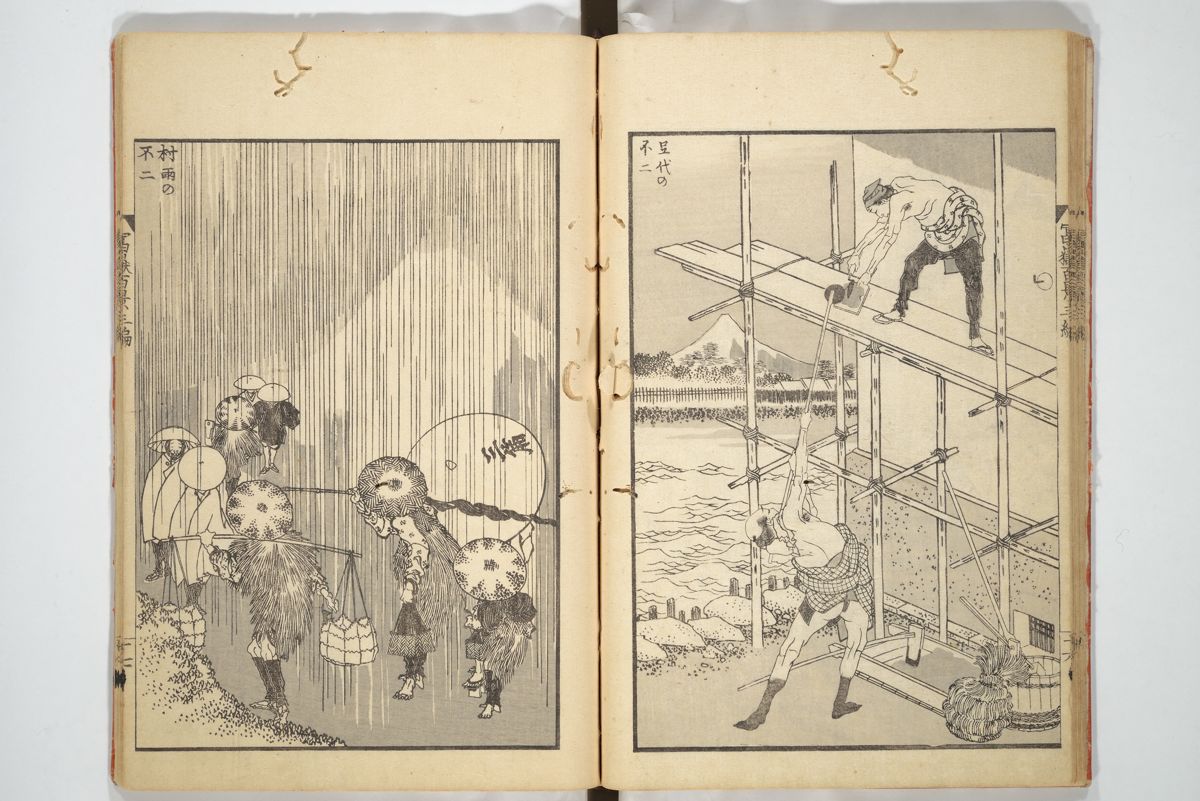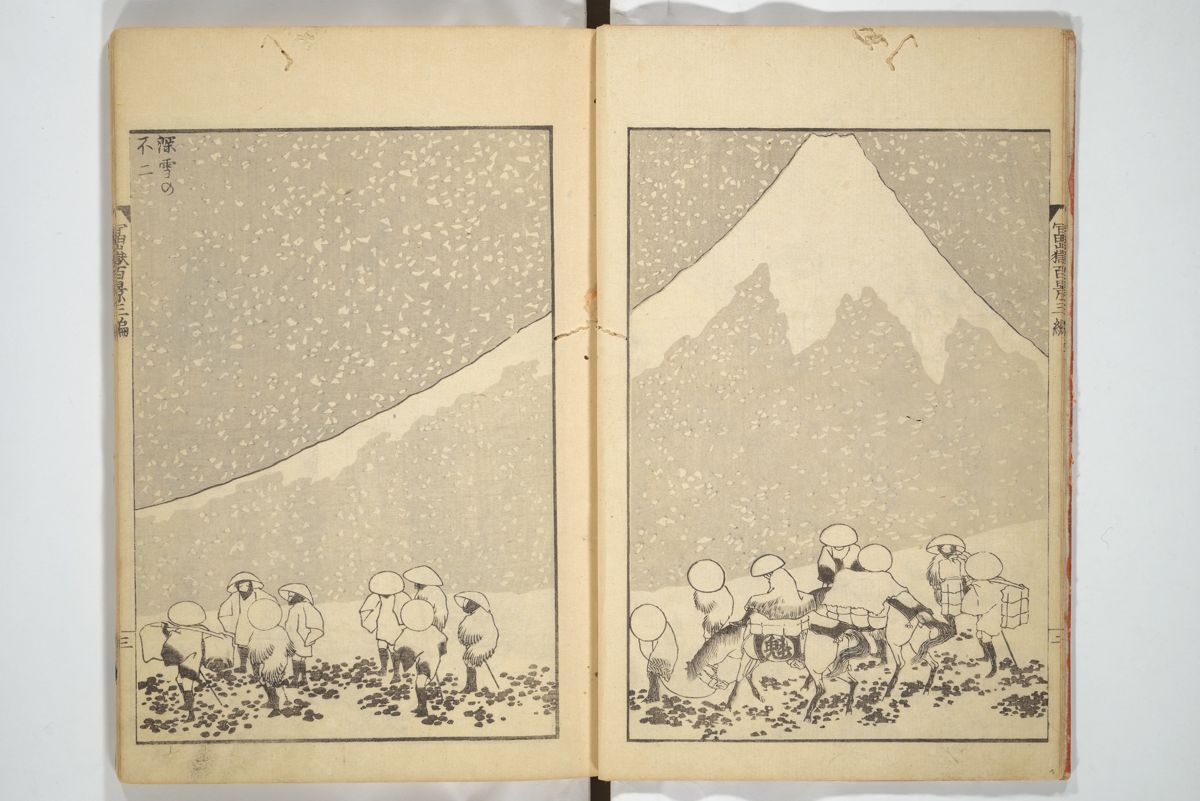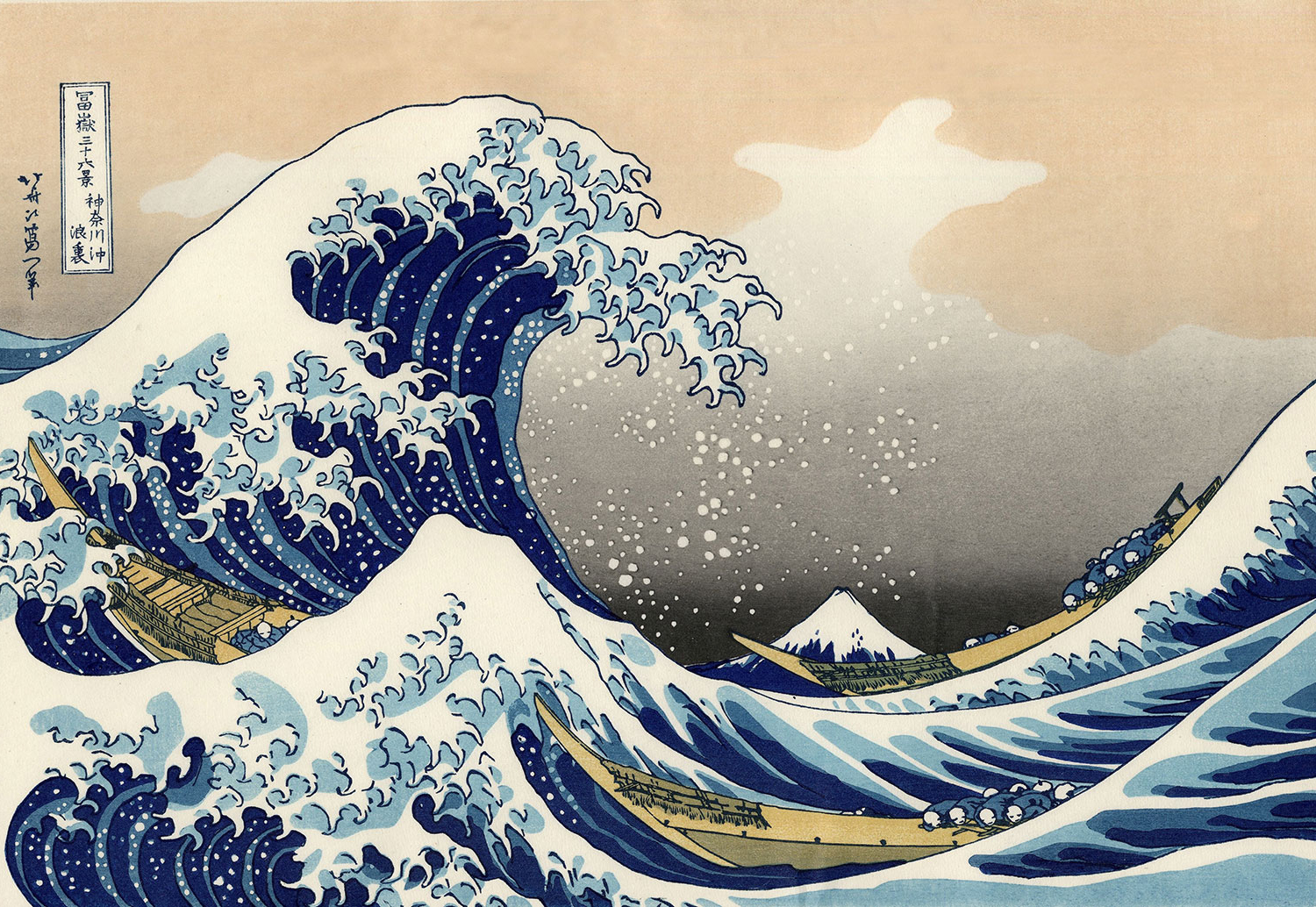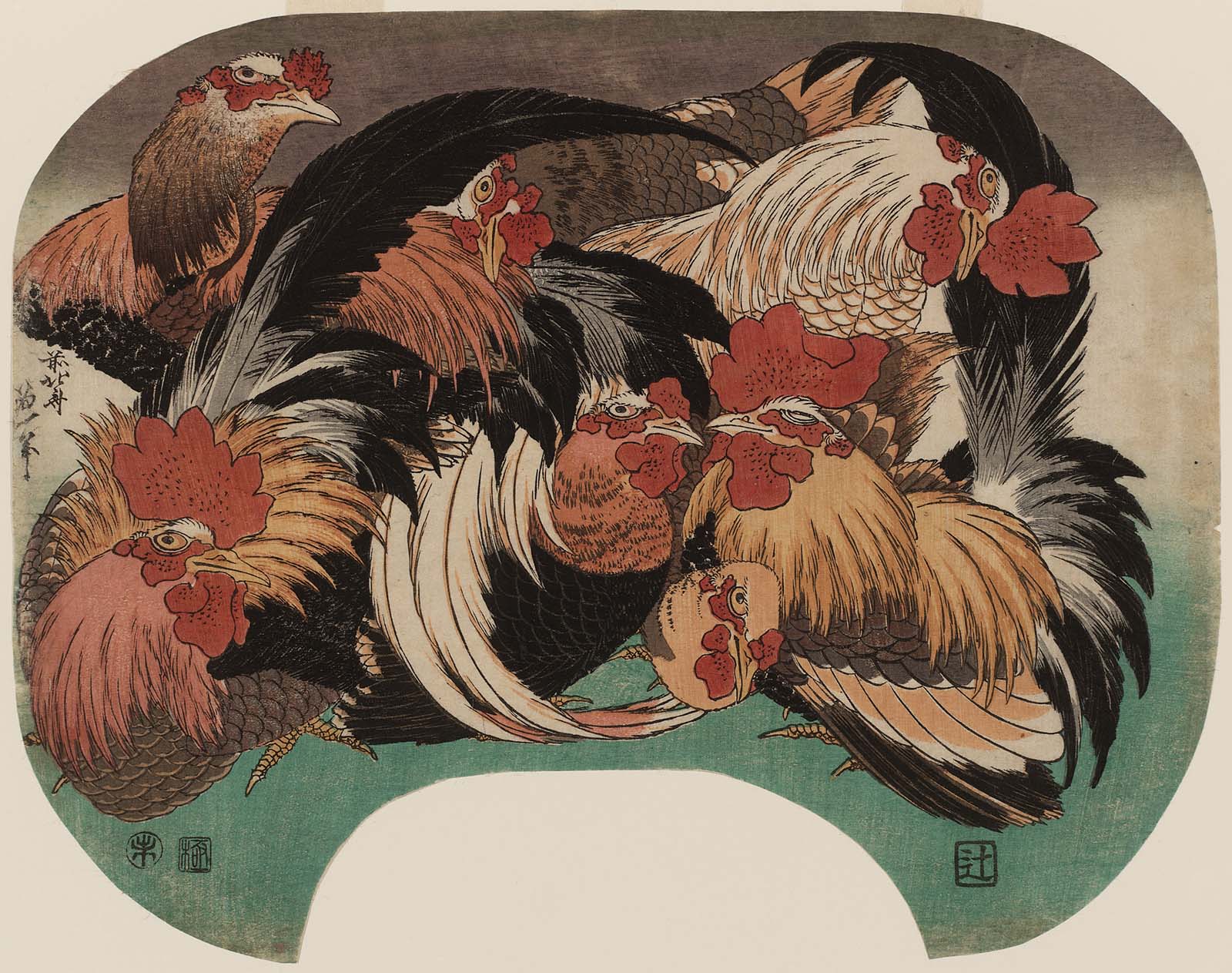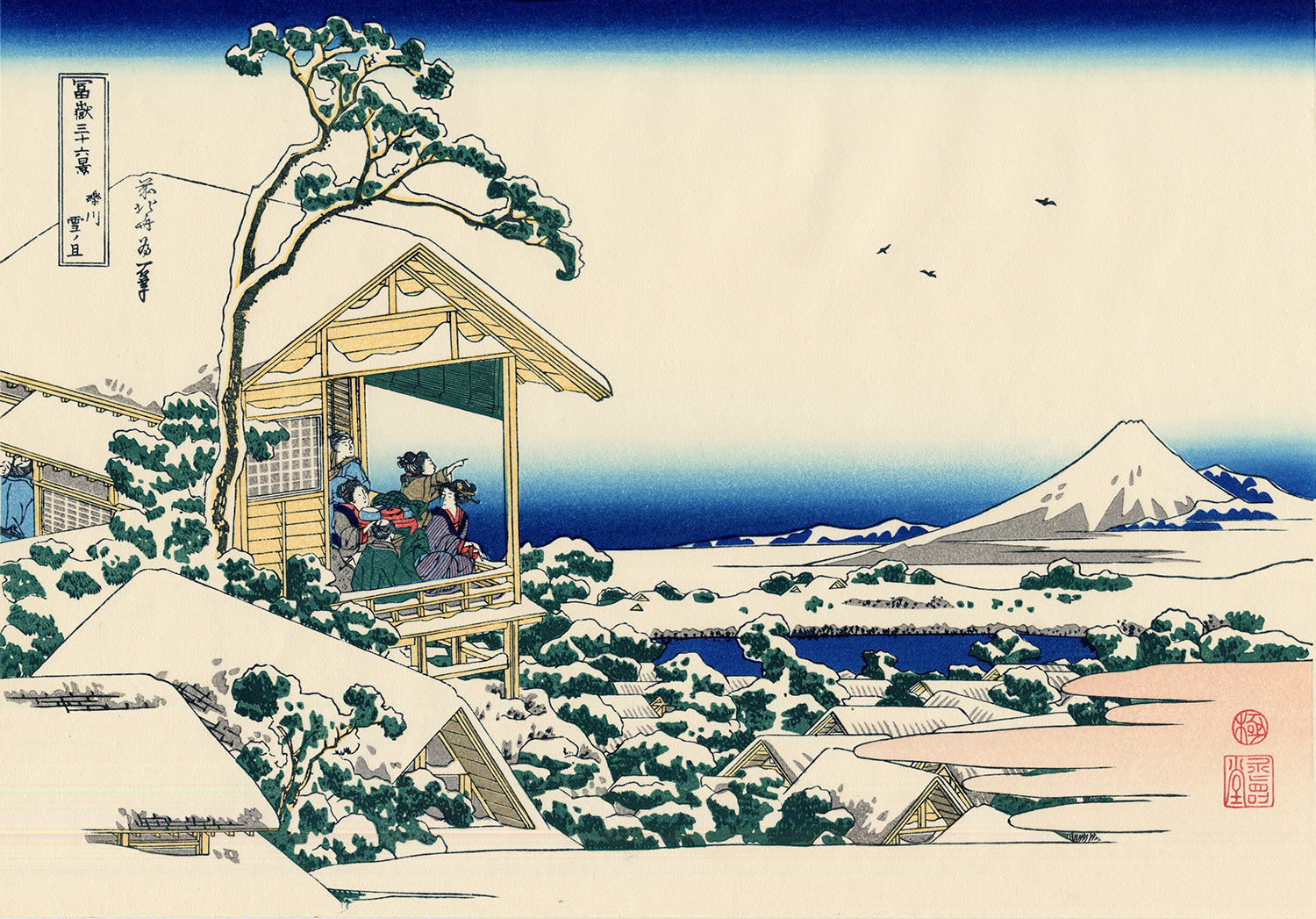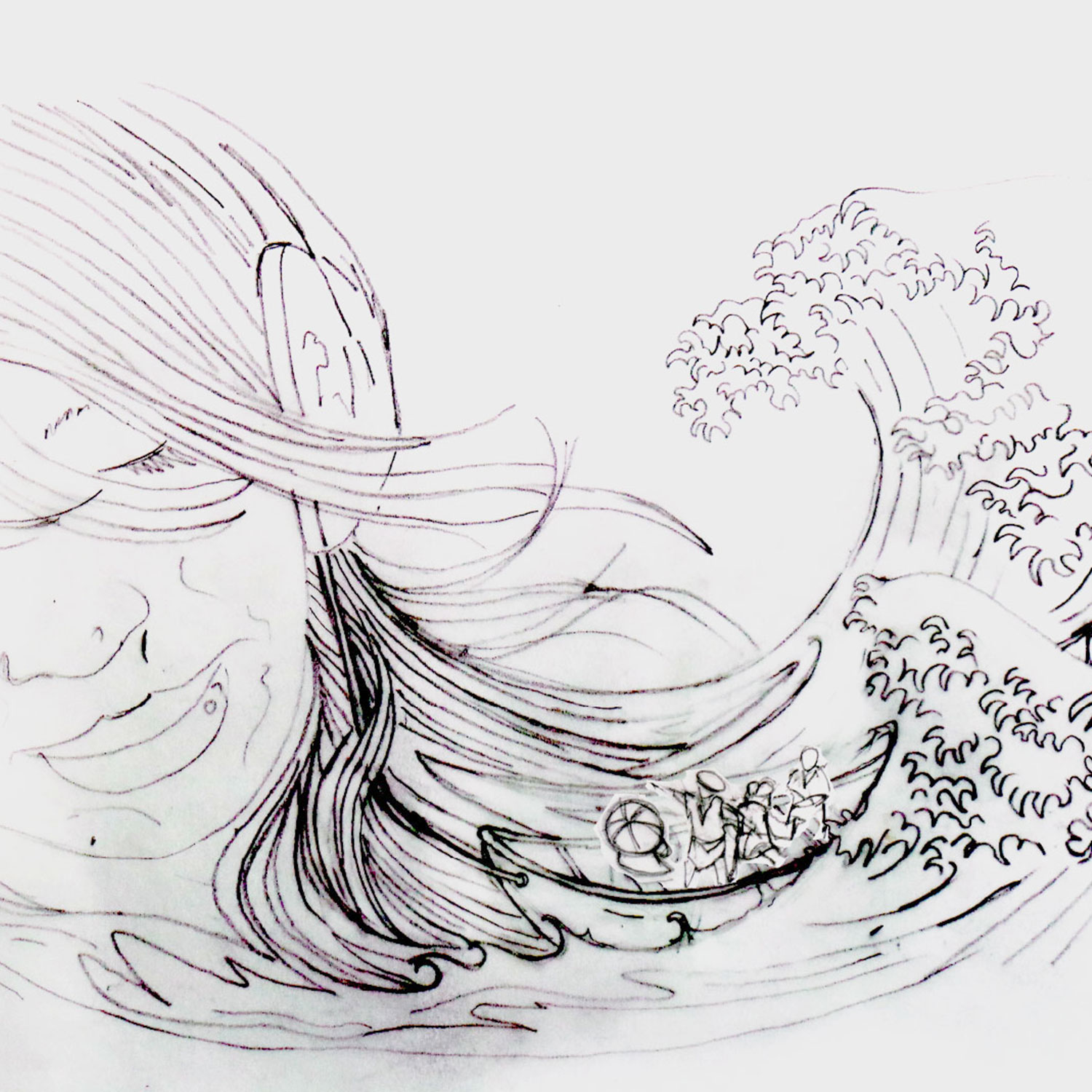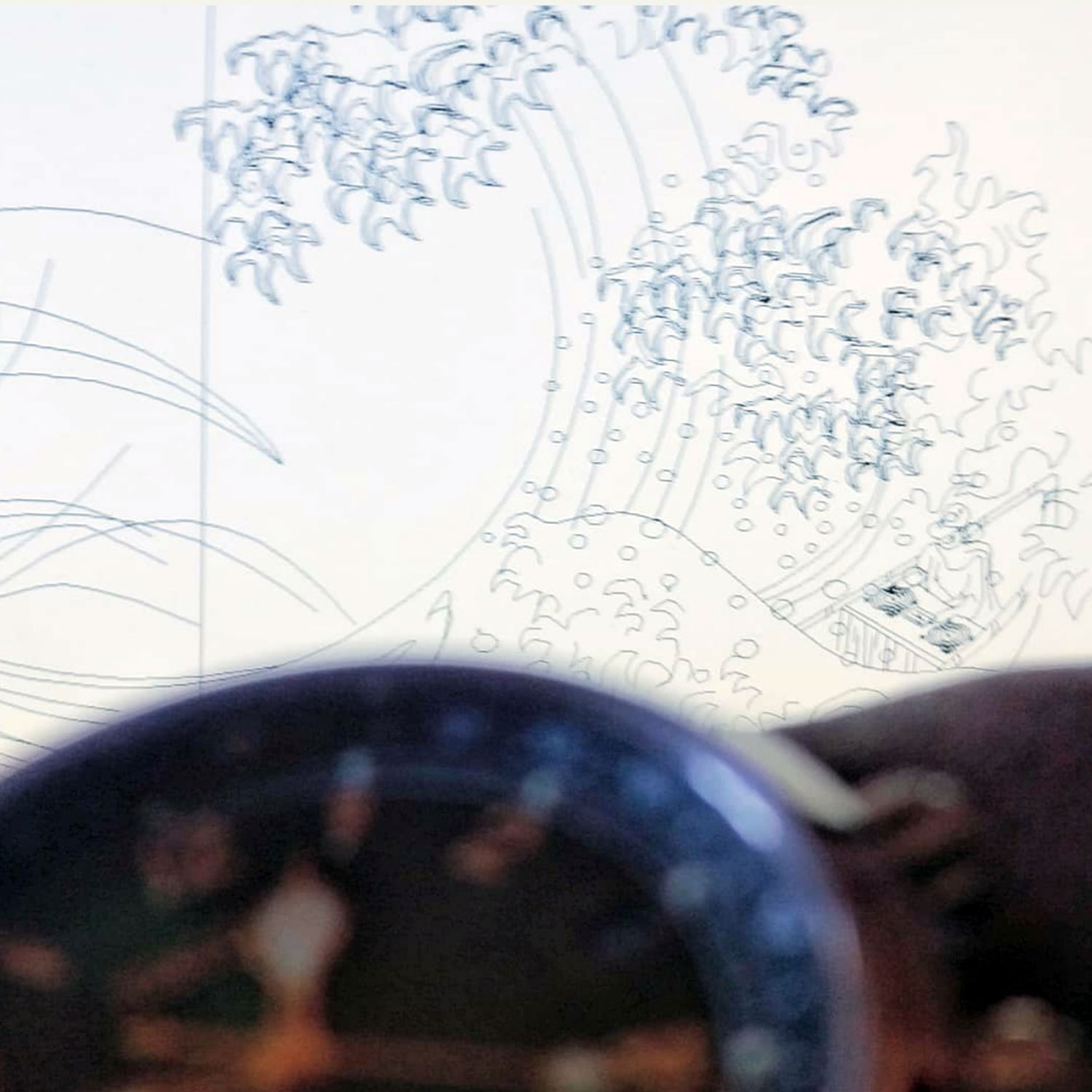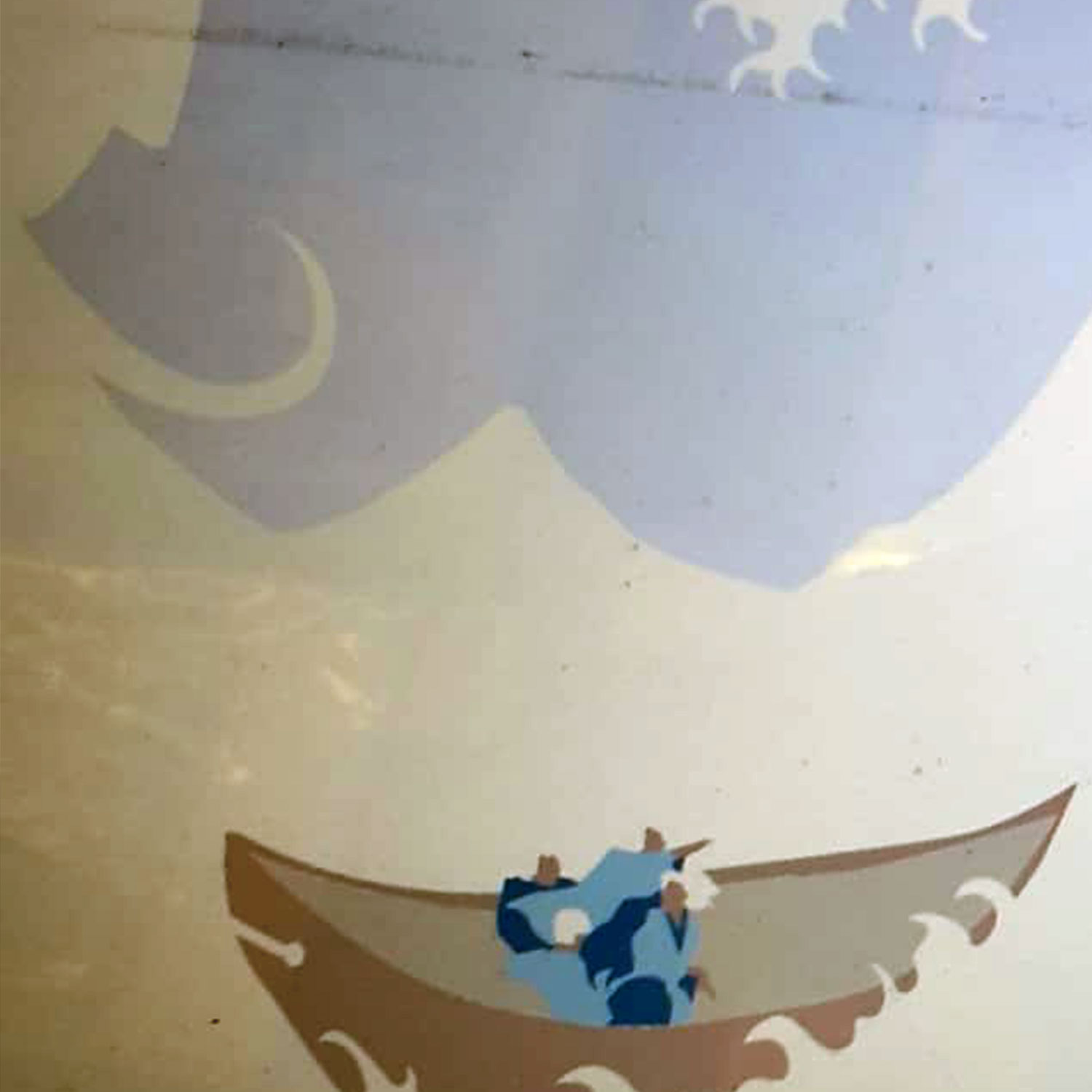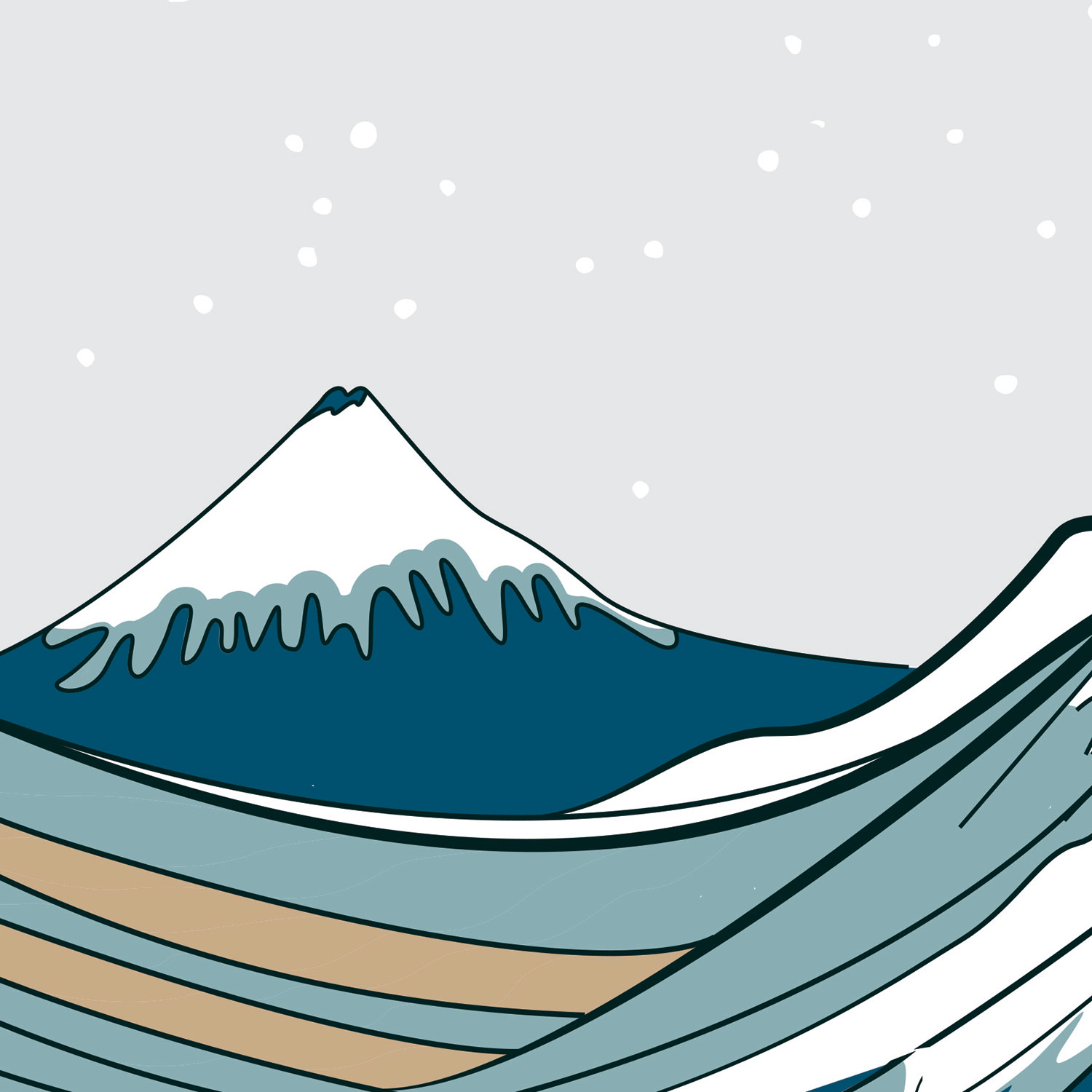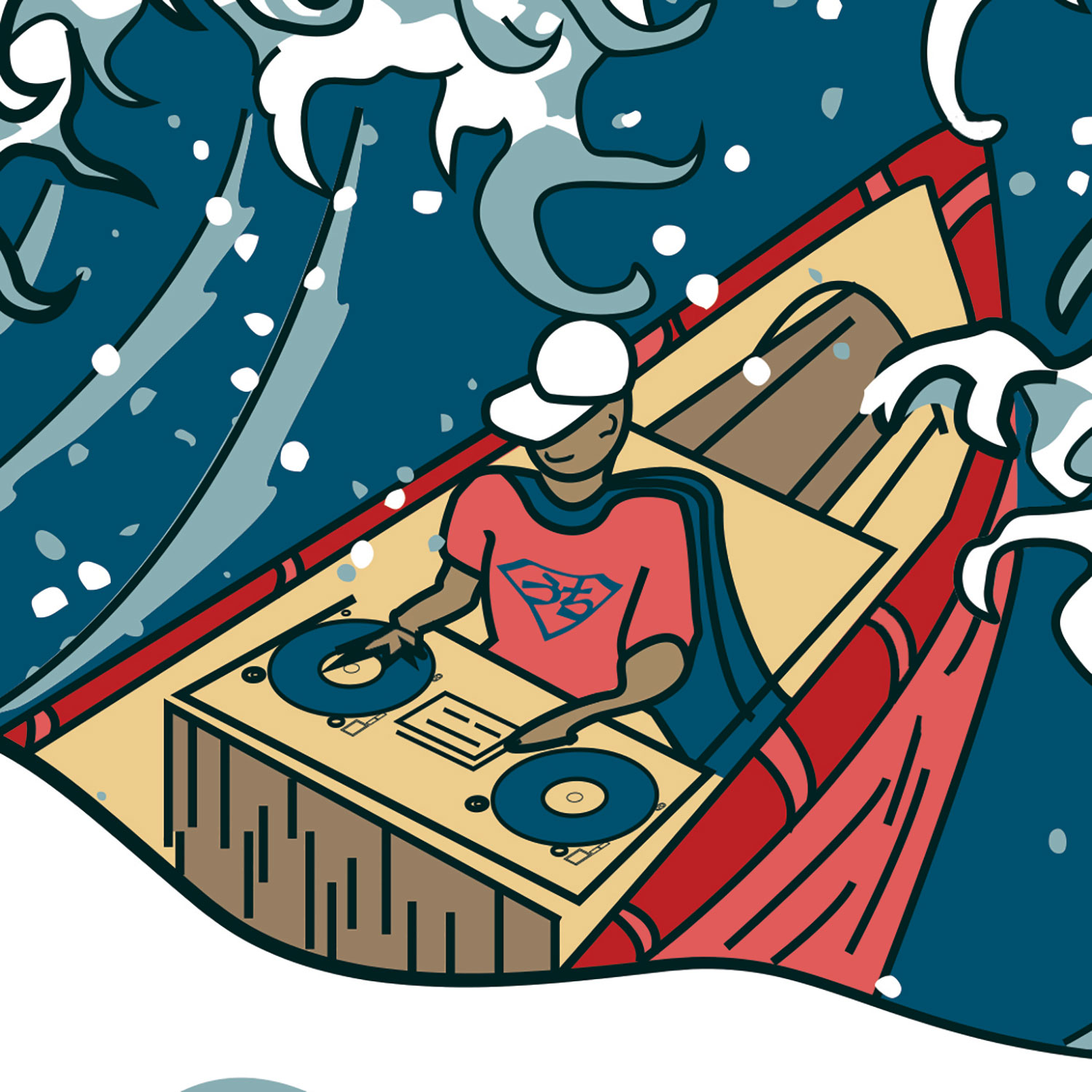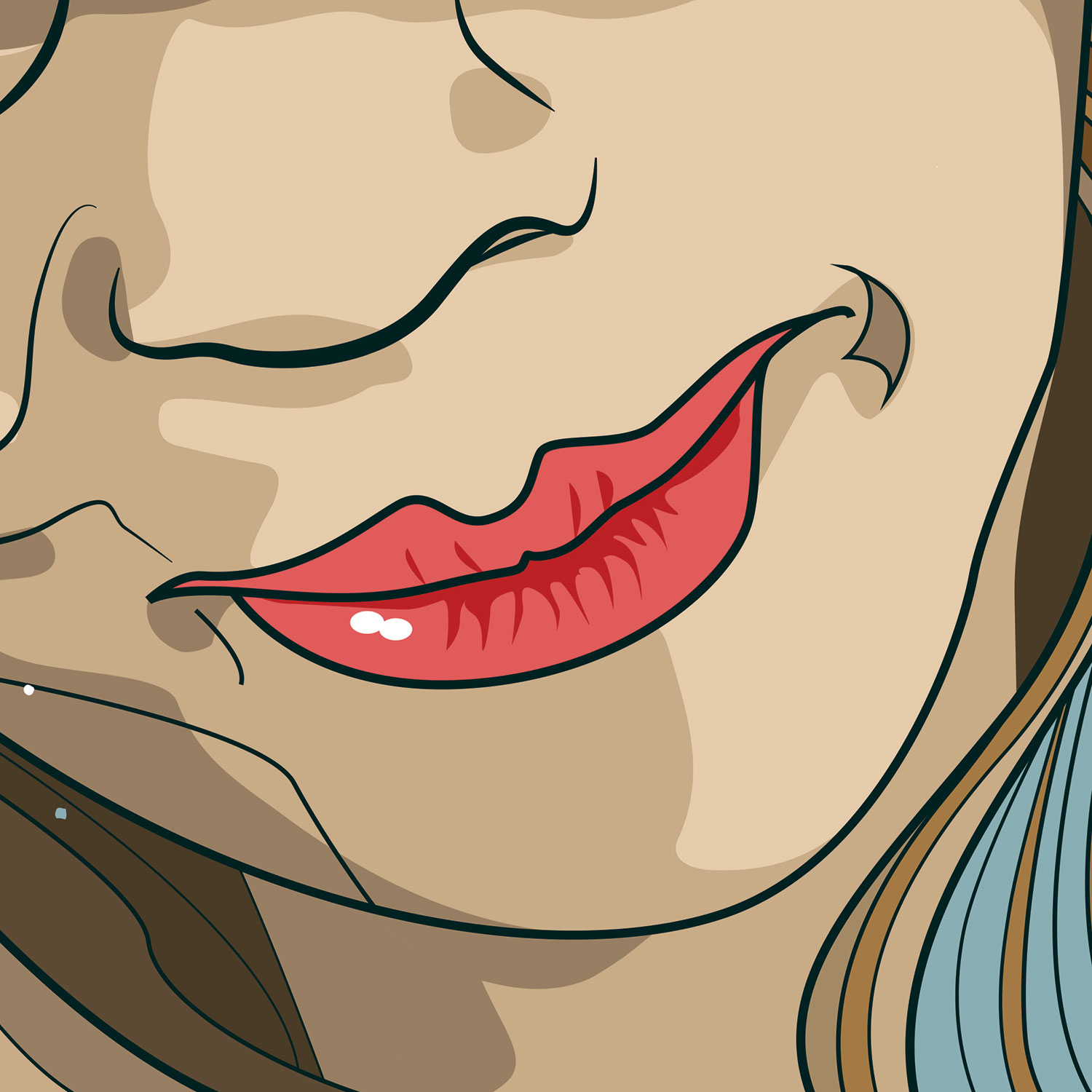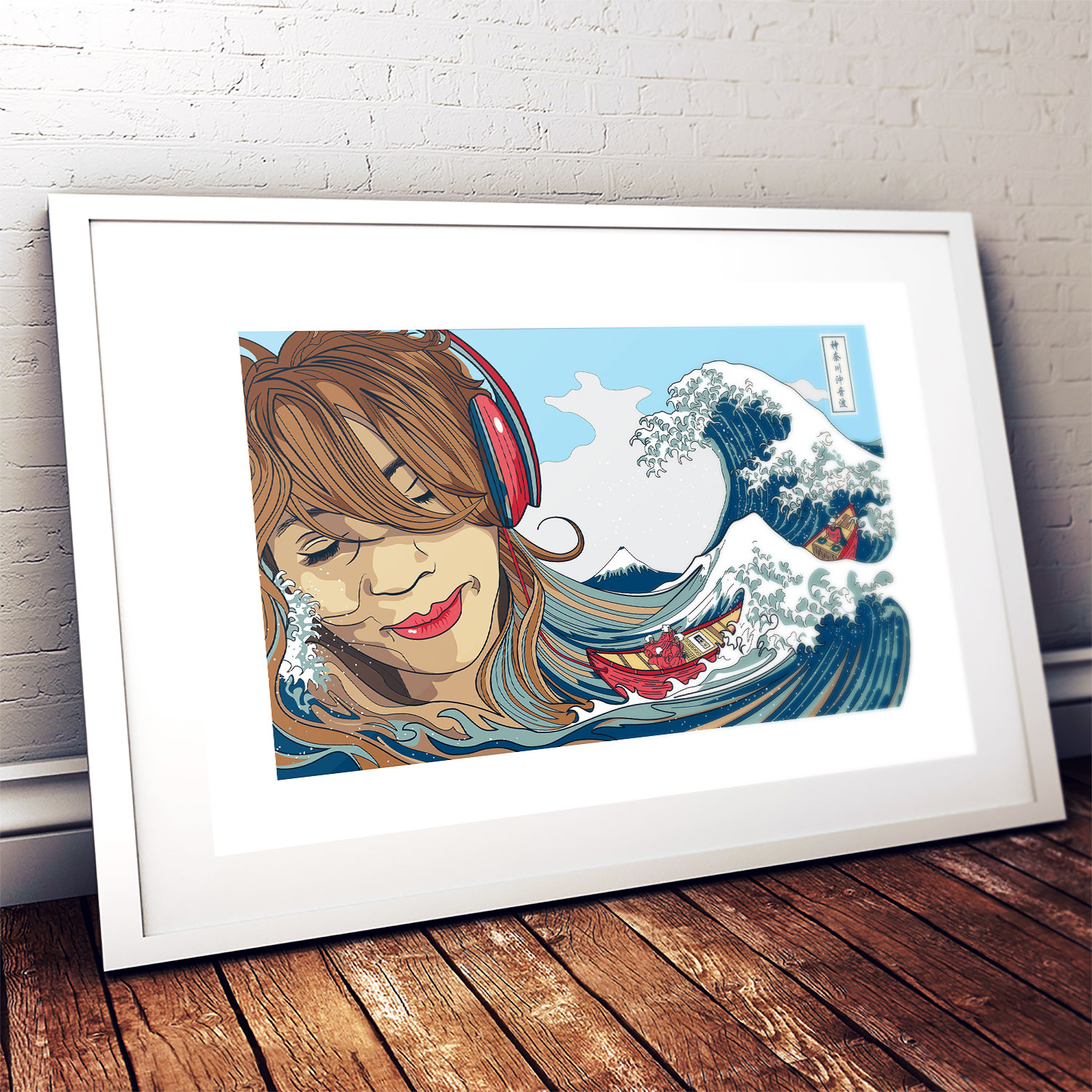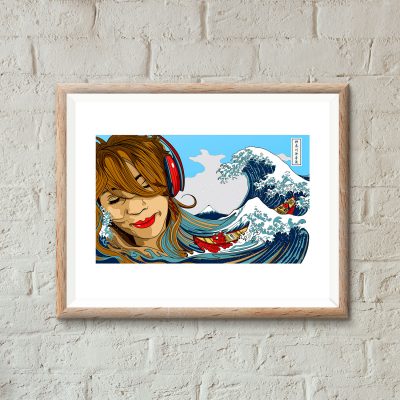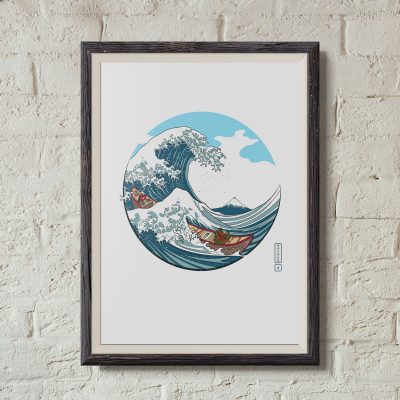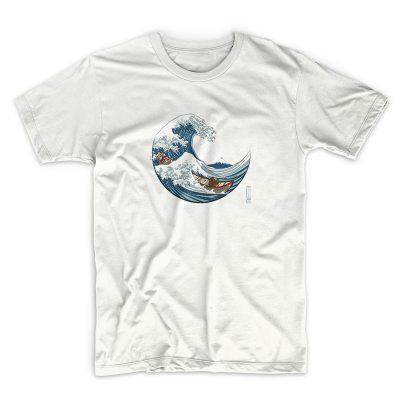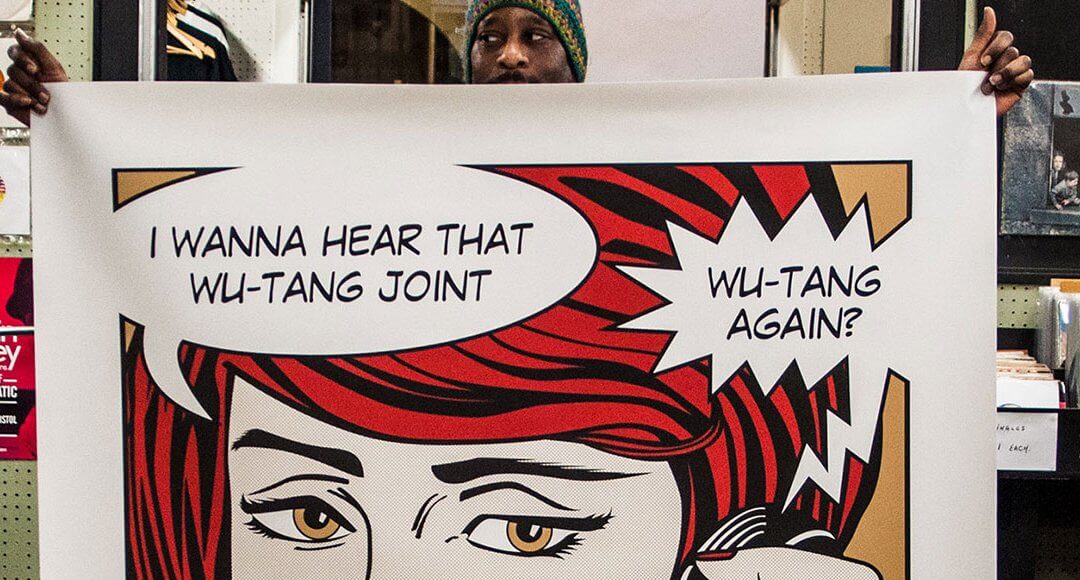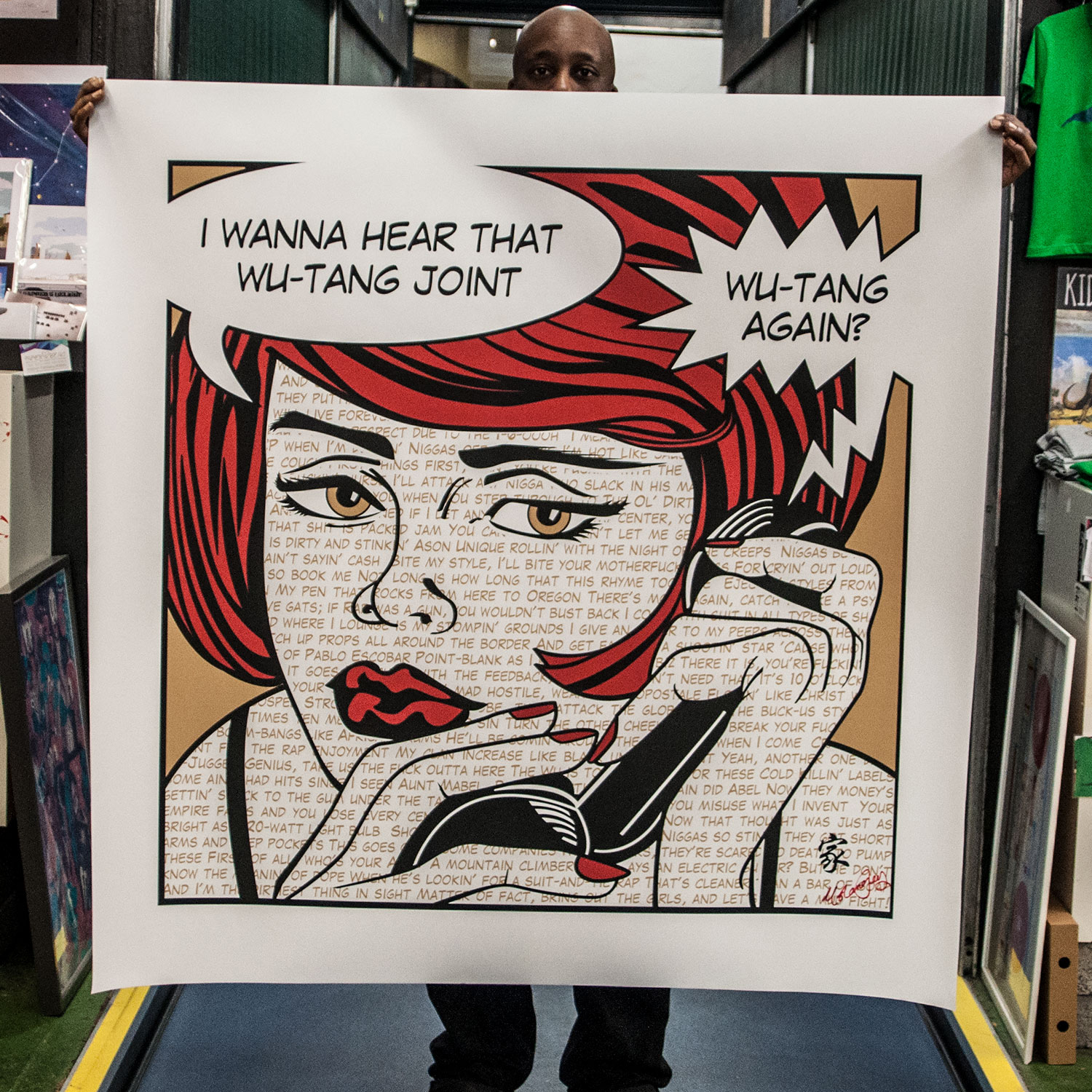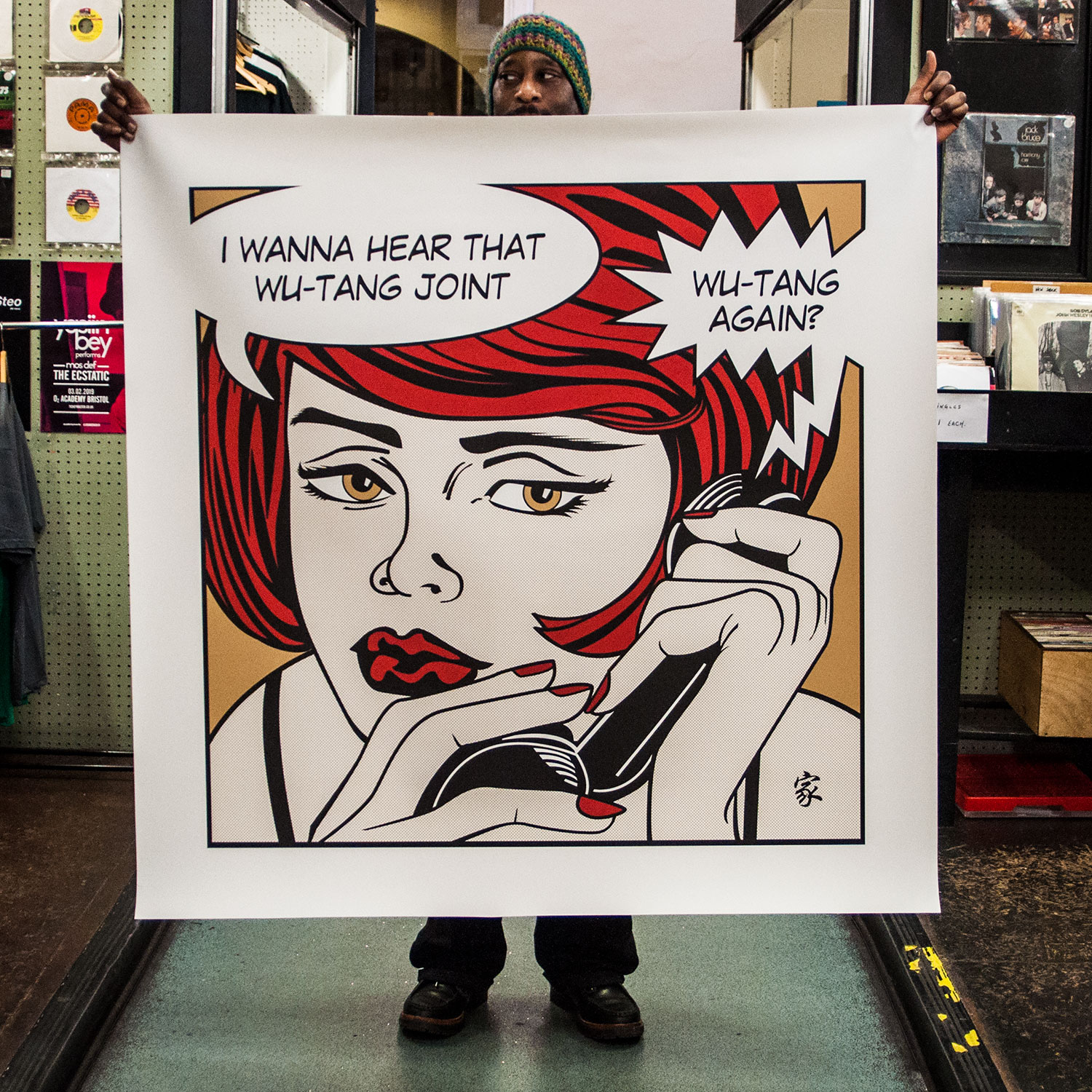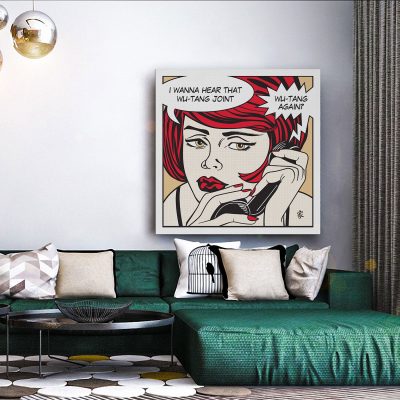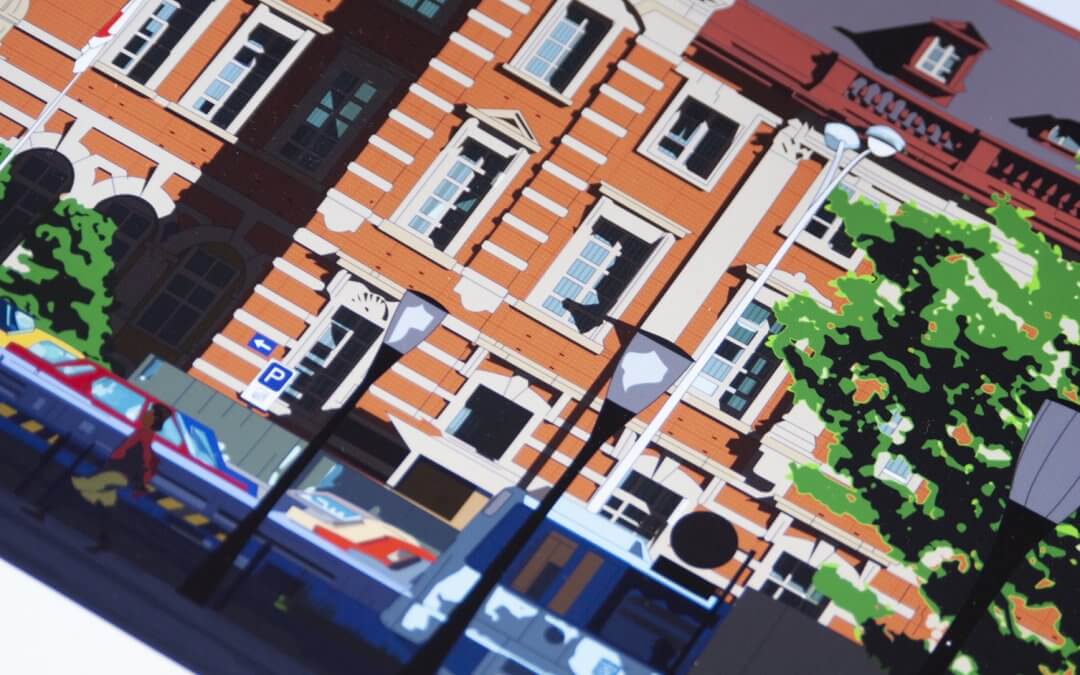
Tokyo Station in Autumn Art print (秋の東京駅)
Tokyo Station in Autumn (秋の東京駅) Art print
An illustrated study of the Marunouchi side of Tokyo Station. Dating back to 1914, this recently renovated beautiful red brick building, captured on a hot autumn afternoon is illustrated and digitally printed on fine art paper. Available in various sizes.
Tokyo Station serves over half a million passengers each day making it one of the busiest train stations in Japan.

Architect Tatsuno Kingo (who also designed Manseibashi Station and the nearby Bank of Japan building). Completed in 1914, Although, to me, it did look to me to be very Euopean in style compared to most buildings in Japan and the building is often rumored to be fashioned after Amsterdam Centraal station in the Netherlands, although there is little evidence to support the opinion. That being said, the Marunouchi side highlights an architectural style that mimics other “sister stations” around the world, some of which which include New York’s Grand Central Terminal, Frankfurt Hauptbahnhof in Germany, Amsterdam Central station and Beijing railway station and Hsinchu Station in Taiwan.
The whole complex is linked by an extensive system of underground passageways that merge with surrounding commercial buildings and shopping centres.
History
The original station is located in Chiyoda’s Marunouchi business district near the Imperial Palace grounds. Due to its size the station is divided into the Marunouchi (west) side and Yaesu (east) sides. Tokyo Station opened on December 20, 1914 with four platforms;[1] two serving electric trains (current Yamanote/Keihin–Tōhoku Line platforms) and two serving non-electric trains (current Tōkaidō Line platforms). The Chūō Main Line extension to the station was completed in 1919 and originally stopped at the platform now used by northbound Yamanote/Keihin–Tōhoku trains. During this early era, the station only had gates on the Marunouchi side, with the north side serving as an exit and the south side serving as an entrance.[4] The Yaesu side of the station opened in 1929.
During WWII it was partially damaged and restored in 12 to it’s originally architectural glory. This image of the view of main entrance of the Marunouchi side highlights an architectural style that mimics other “sister stations” around the world, some of which which include New York’s Grand Central Terminal, Amsterdam Central station and Beijing railway station.
Much more than a travel hub Tokyo train station is a cultural landmark consisting of restaurants, shops and dining areas. It houses an art museum in The Tokyo Station Gallery where some of the original structural design can be seen as well as Tokyo’s world renowned Tokyo Station Hotel.
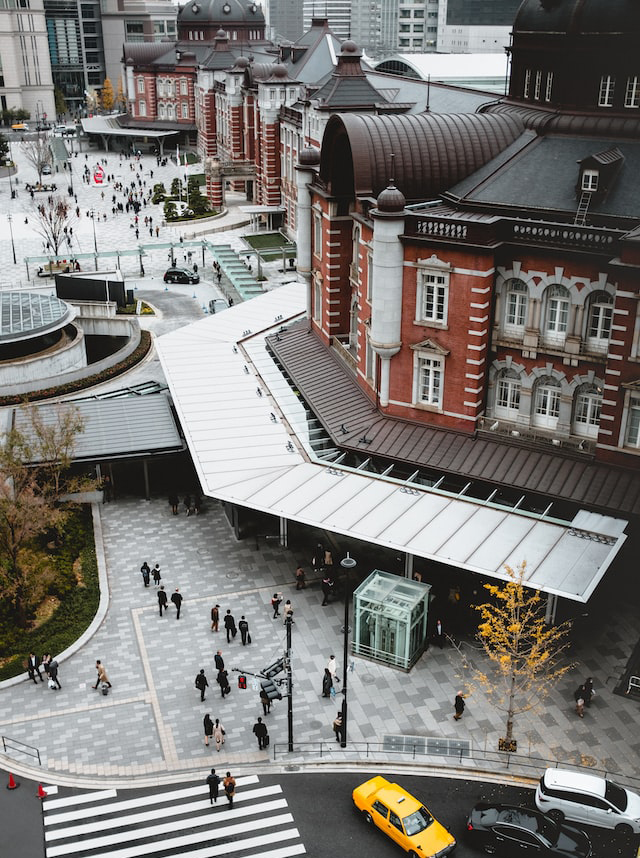
Tokyo Eki in Autumn Art print
I had initially envisaged creating this as a screen print during 2020 but due to Covid restrictions shutting down the print studio this wasn’t to be. However, as a digital print I was able to add as many colours and detail as I wanted, fine tune my Illustrator skills and try new techniques. A very worthwhile thing to do on every project but this in itself became a little problematic, not knowing when to call it quits. I referenced other images to narrow down some exact building detail, noticeably the foyer, brick and tile work and spires, details that my original photograph didn’t pickup due as it was shot at least half a mile away.



